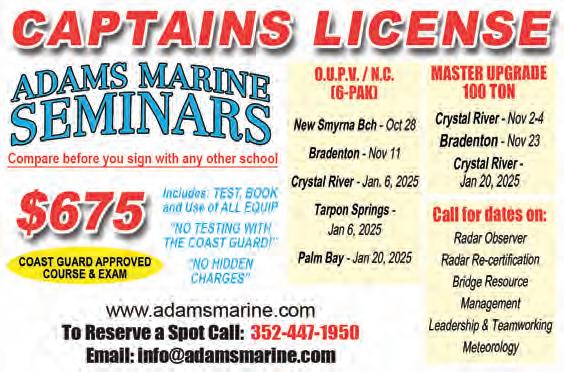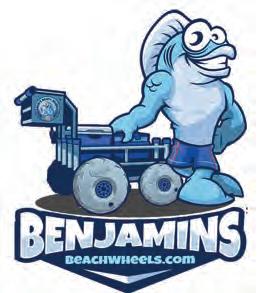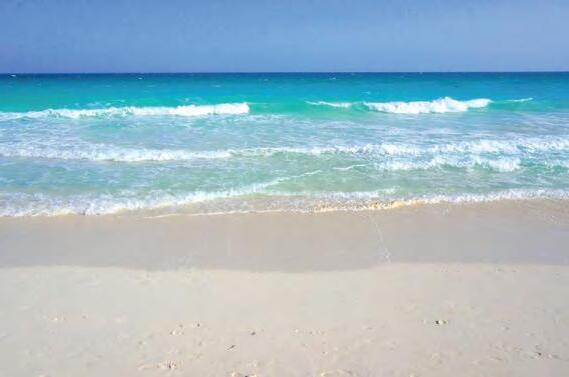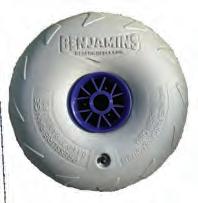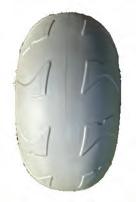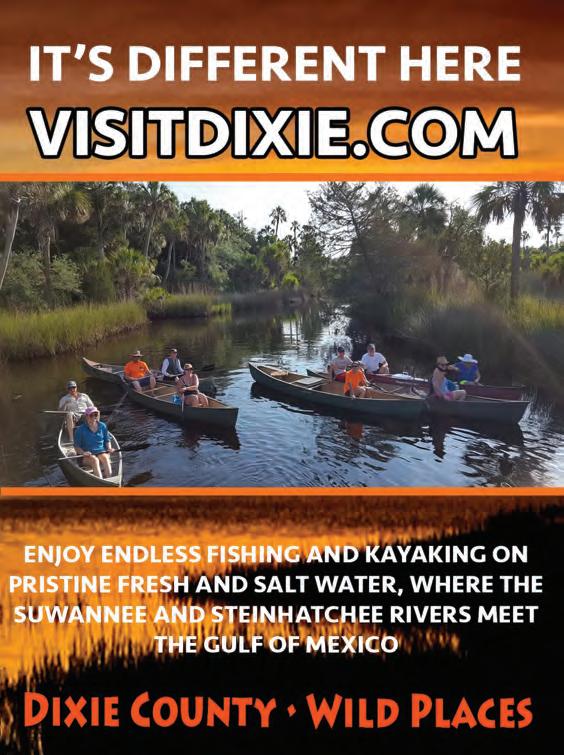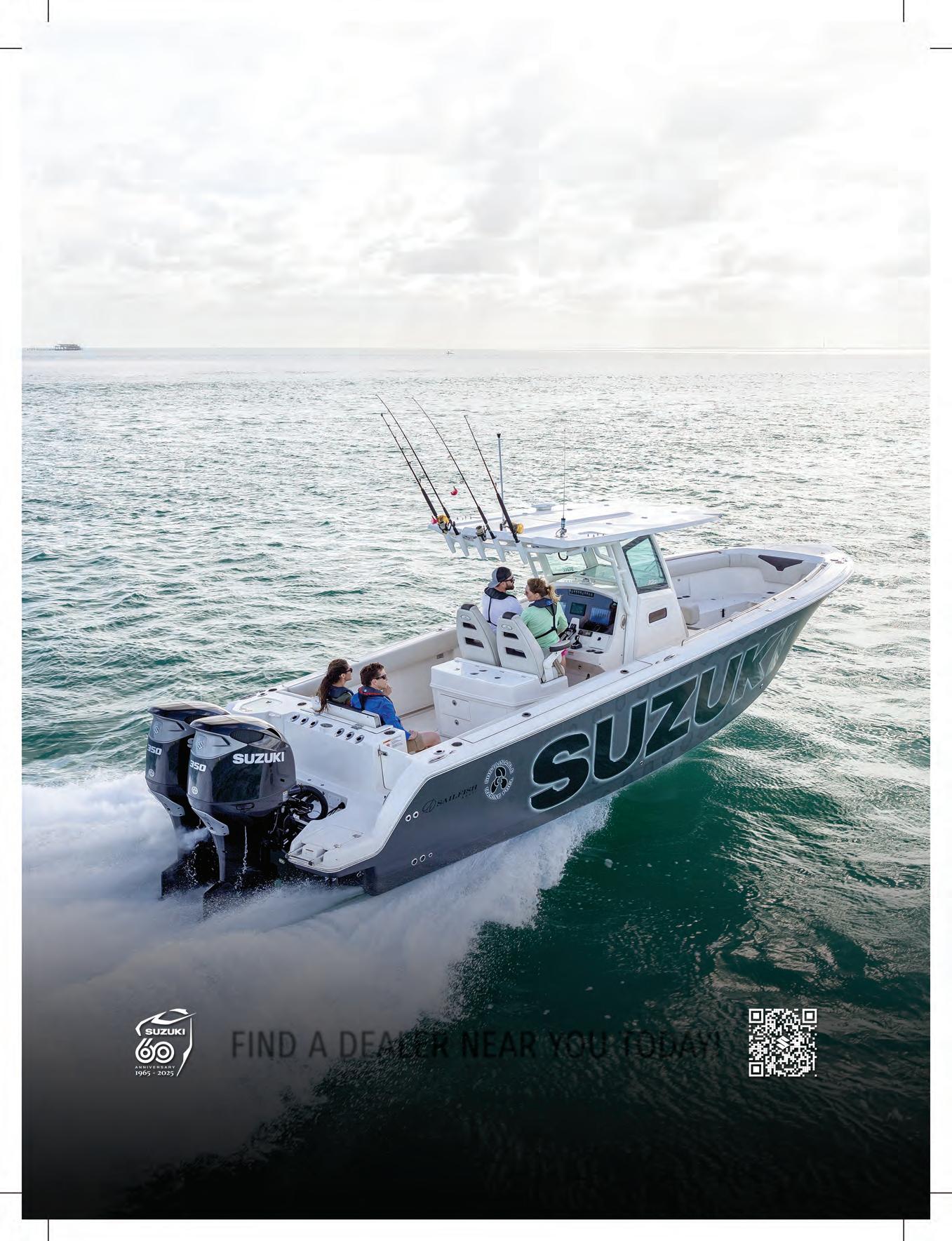
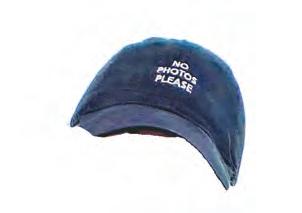
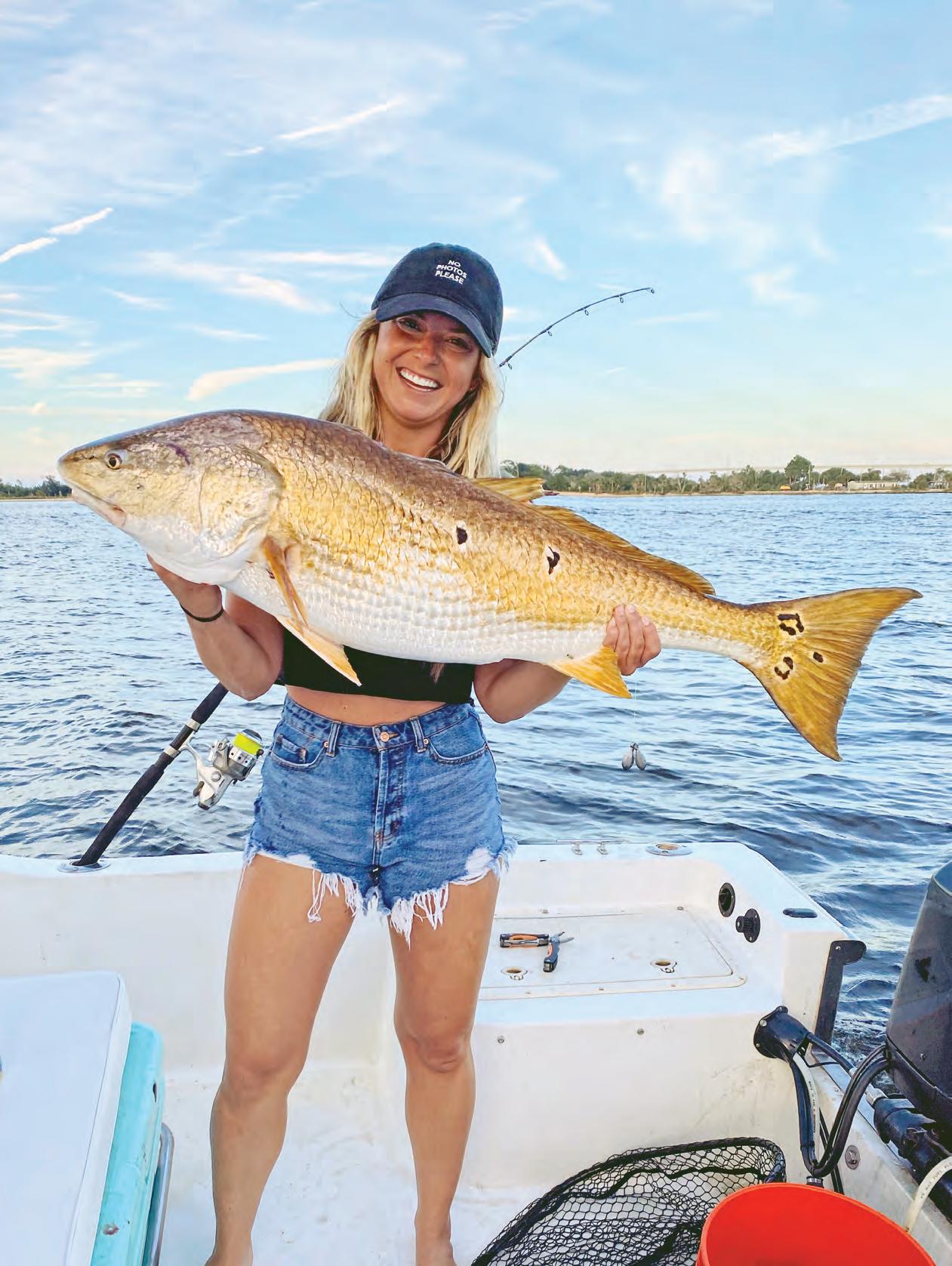

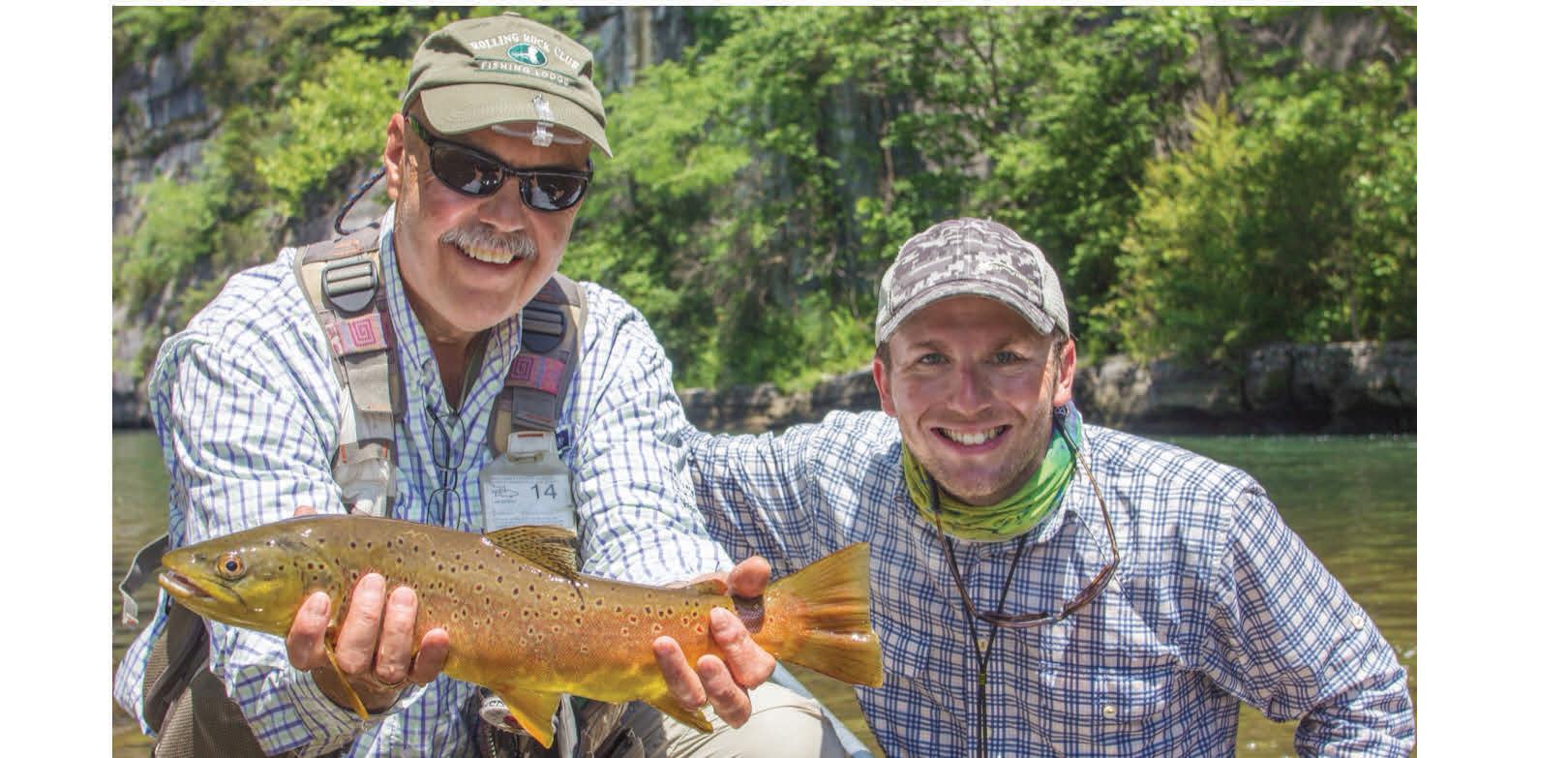


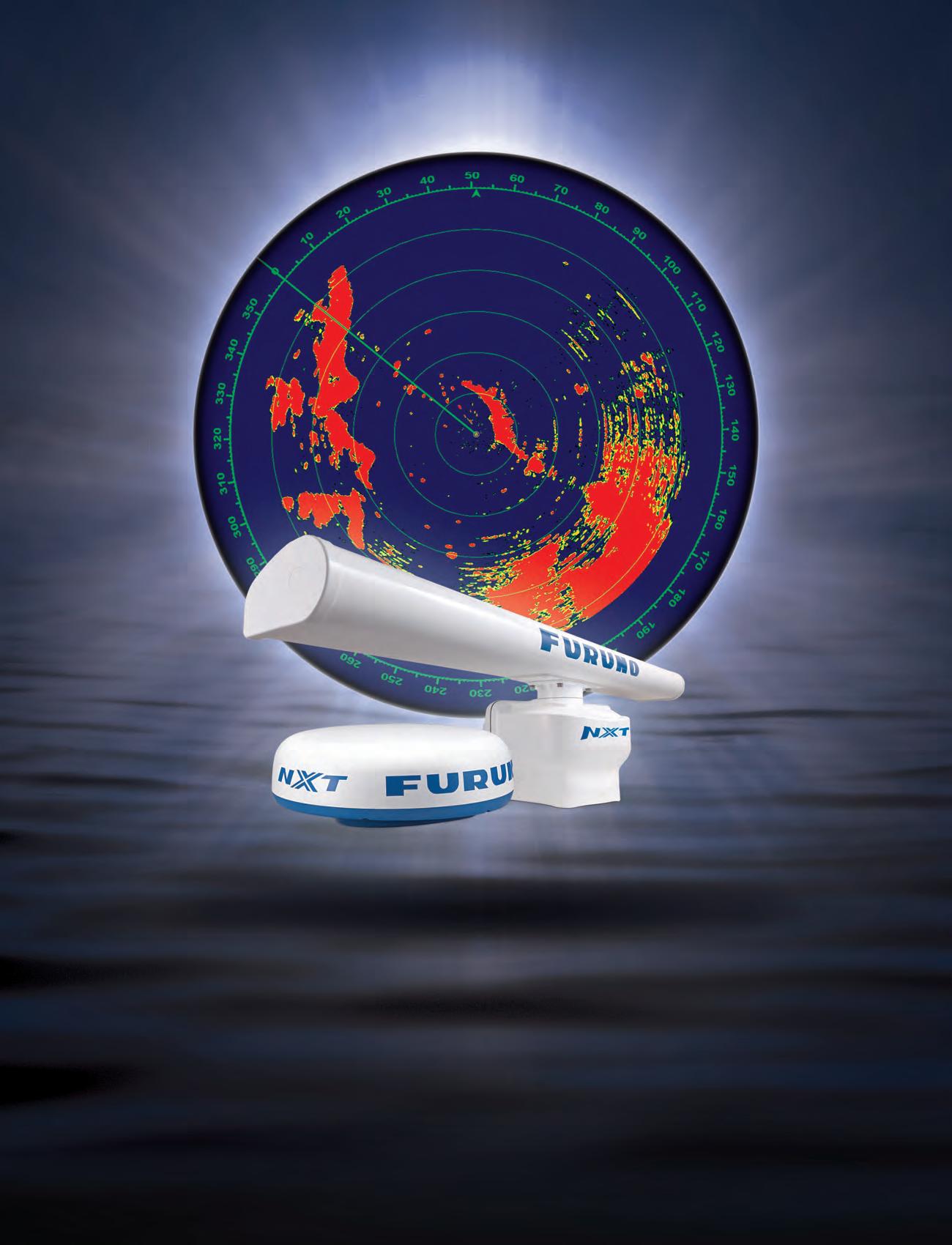
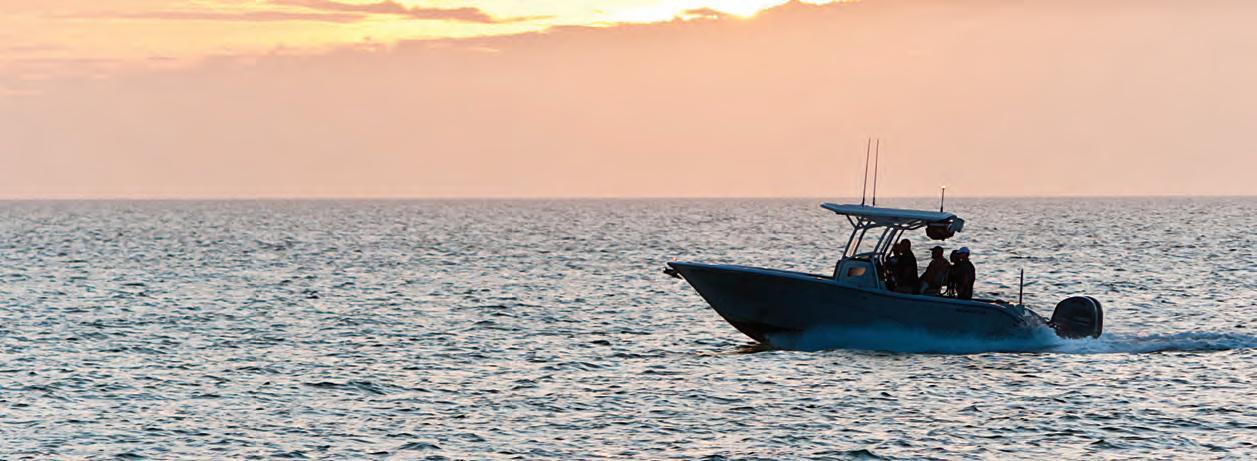










Are you ready to embark on your next on-water adventure? Before you set sail, here are ve things to know about boat insurance.
1. Boat insurance isn’t just for accidents
With comprehensive coverage, you’ll also be protected nancially for theft, vandalism, and unexpected events like storms if you need repairs or replacements due to damage.
2. Accidents can happen to anyone
When accidents happen, boat insurance offers liability coverage for damages or injuries you cause while boating, up to speci ed limits. It can also cover lawsuit costs if you’re sued.
3. Boat insurance can cover medical payments
Boat insurance offers a range of optional medical payments coverage limits, helping to cover medical expenses if you’re in an accident or someone is hurt on your boat, regardless of fault.
4. Most lenders require boat insurance
If you nanced your boat, you’ll likely need boat insurance since most lenders require boat insurance to protect their investment. Additionally, some marinas or municipalities require proof of insurance for docking.
5. Progressive offers specialized boat coverages Ever worry about getting stuck on the water? Progressive’s Sign & Glide® On-Water Towing coverage** can help. It’s an additional coverage that steps in if your boat is disabled or breaks down on the water, paying for on-water towing, jump starts, soft ungroundings, and fuel delivery. Fuel cost isn’t included.
Don’t let unforeseen circumstances disrupt your voyage. Cruise with con dence thanks to Progressive Boat insurance. Because when it comes to your boat, peace of mind is the ultimate luxury.
Scan to get a quote in as little as 4 minutes.
to learn more.



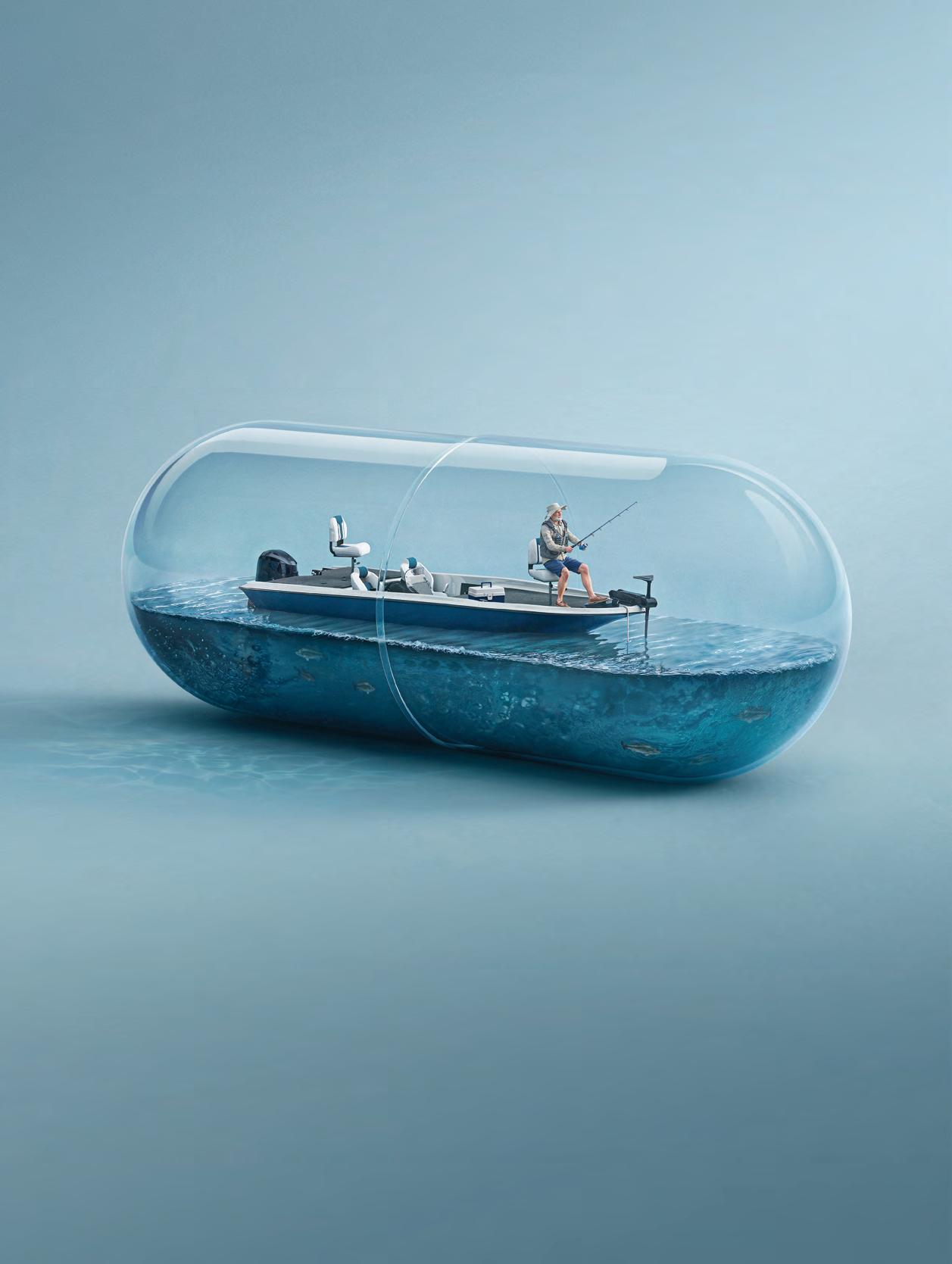
















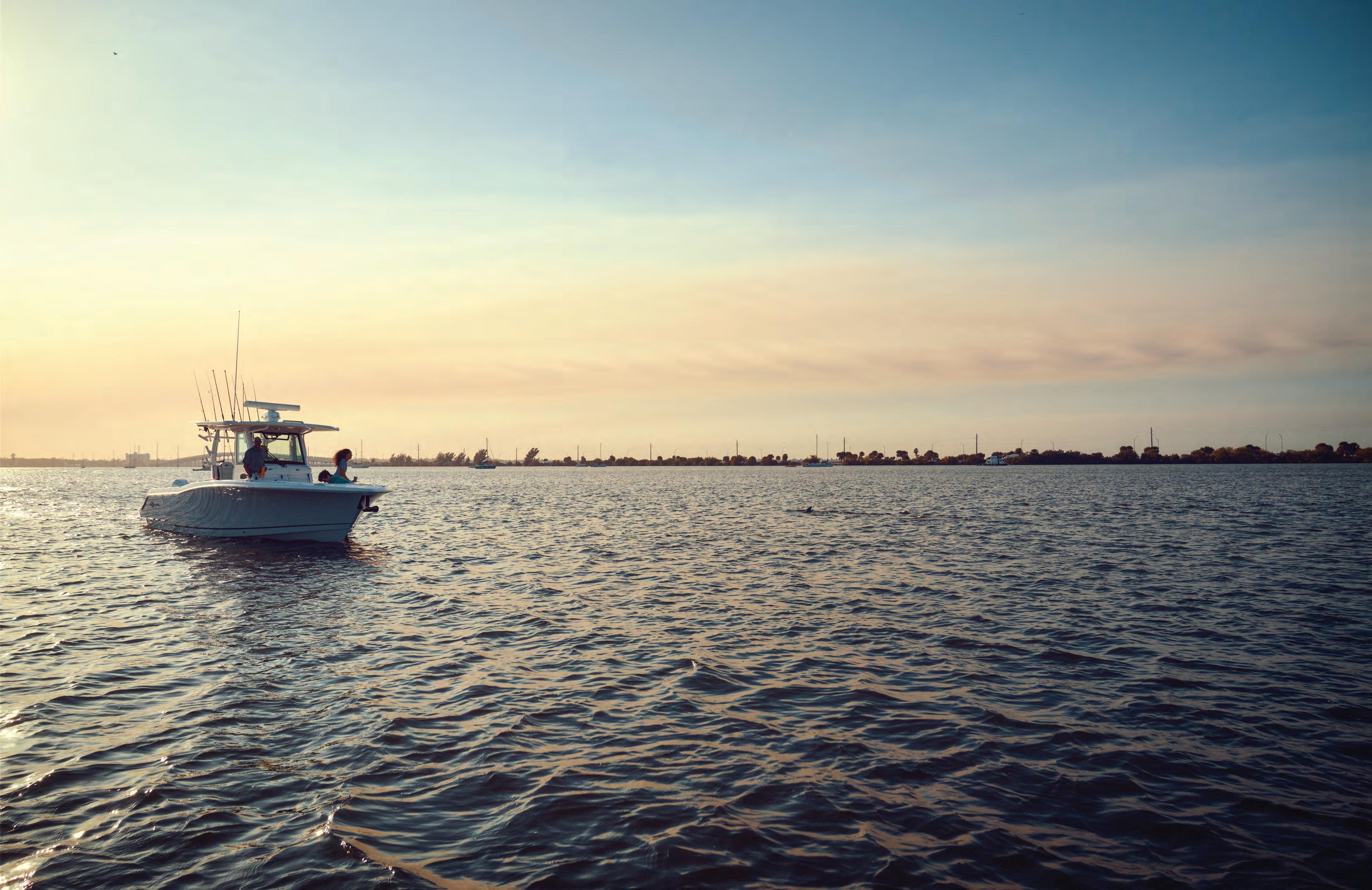

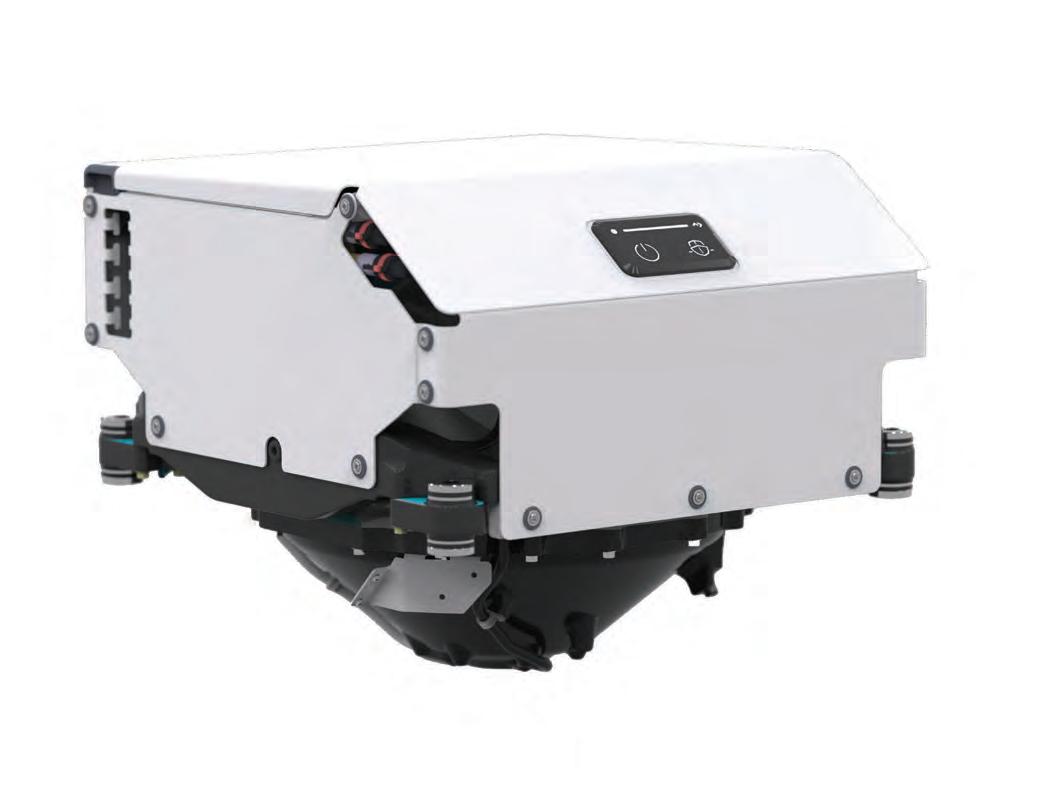


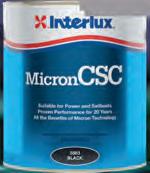
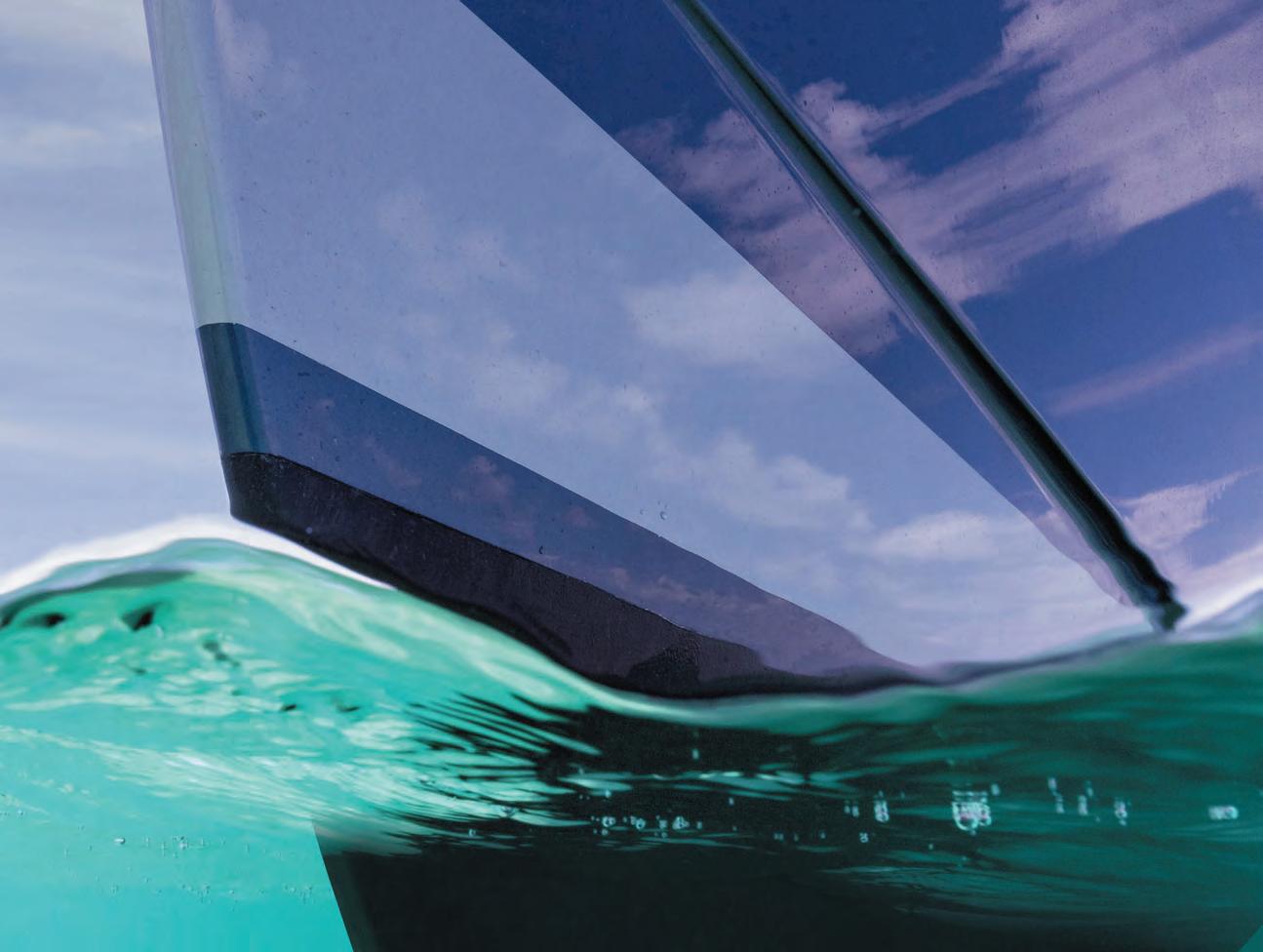


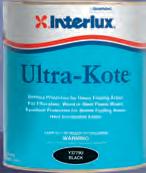
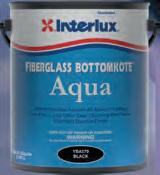


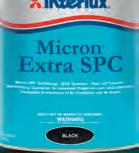
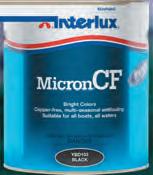
Interlux® fouling control products not only improve your performance by protecting your hull from fouling, they also protect against the spread of invasive species, safeguarding your local waters when exploring new regions, therefore helping you make a difference by looking after the waters that have provided you with enjoyment and freedom for so many years.
Like you, we have a passion for boating. We provide boaters the hull protection they deserve with over 140 years of cutting‑edge science, technology and expertise. You can expect only the best from every Interlux® yacht paint product, providing you the confidence to explore your world.
Relentless performance for every yacht, everywhere, every time. interlux.com

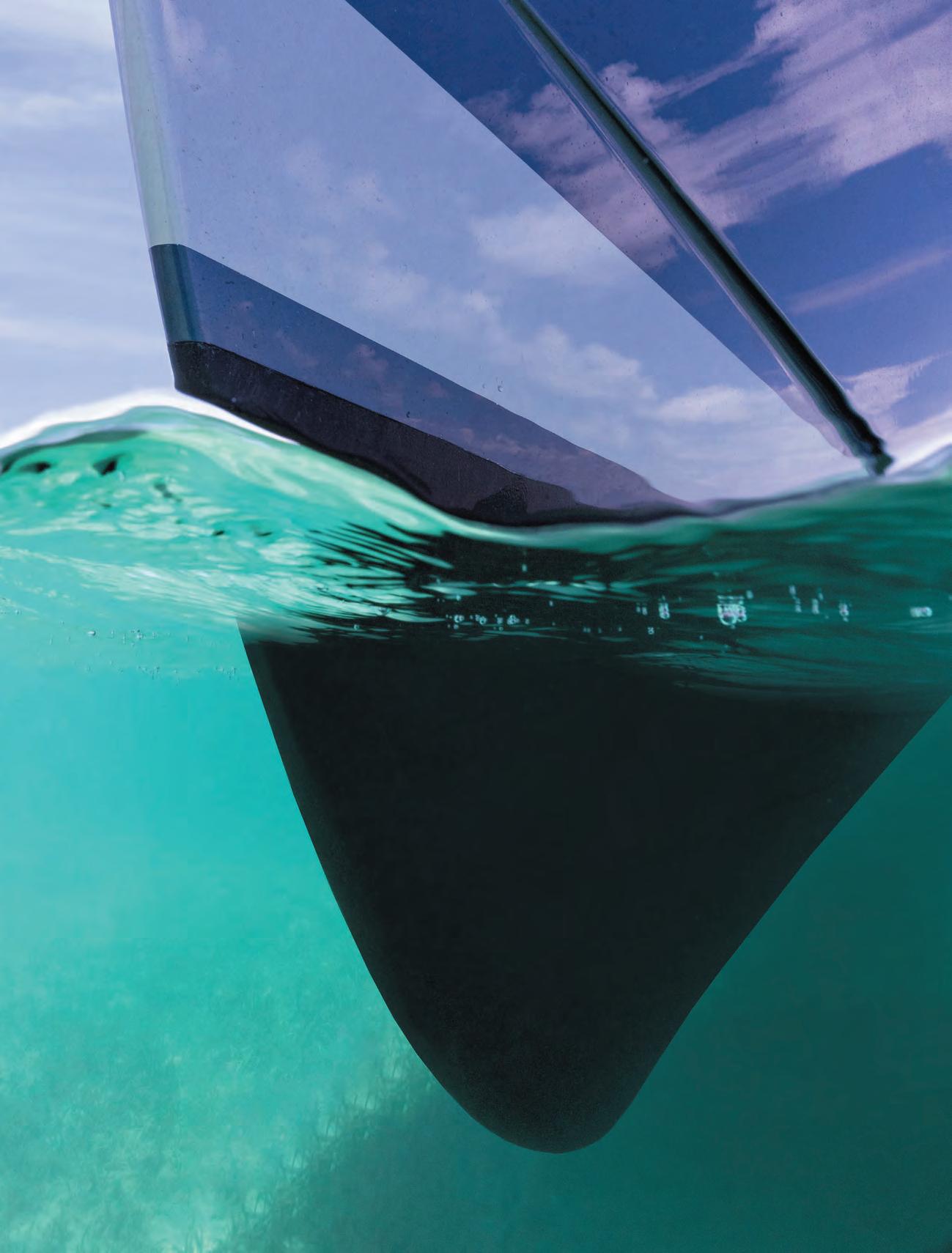



Capt. Mike Smith
Have you ever tried to use big dead baits to catch huge redfish? If you haven’t, then you should.

Many of the larger predatory fish prefer eating fresh, dead baits over live baits so they can save energy.
The odds of becoming an over slot redfish are at least a million to one. An overslot redfish has figured out not only how to avoid predators and how to conserve energy when finding food. That is why dead baits work so well for catching older, wiser and larger redfish.
The best dead baits for redfish are: a large blue crab cut in half, a butterflied large pinfish with its tail cut off, a chunk of ladyfish, and a chunk of bluefish. The key to catching redfish instead of catfish when dead bait fishing is by using enormous dead baits. You want to use baits at least eight inches long. Catfish always seem to find the bait first and most catfish can’t eat an eight inch dead bait.
Quite often you will catch your monster redfish and notice catfish slime on your line. This tells you that a catfish found your bait first but was unable to swallow it. If you are catching catfish with your dead baits, then you have to go bigger.
Pro Tip: Make sure to use at least a 5/0 circle hook and just enough weight to keep the bait stationary on the bottom. If you let the tide drag the bait across the bottom the redfish will have trouble finding it. But if you use too much weight the fish will often feel it and let go of the bait before getting hooked.
Circle hooks are much less likely to get swallowed and mortally wounding the fish, unlike a J hook. A J hook will often get swallowed if you are not constantly paying attention to your line.
When using dead baits for redfish keep the rod in a rod holder. Rod holders are much better at hooking redfish with circle hooks than we are.

Keith caught this monster redfish with an 8-inch chunk of bluefish along a drop off in Florida’s Indian River Lagoon.
When the redfish picks up the bait and swims off with it, the hook will lodge right in the corner of the fish’s mouth.
The best tackle for catching enormous redfish with dead baits is a medium heavy seven-foot-six-inch rod coupled with at least a 5000 series reel. Spool your reel with 30-pound braided line and make sure to have at least a 30-pound leader attached to the hook.
You can certainly catch a 40-inch redfish with a smaller rod and reel combo but the fish will be half dead by the time you get it landed. In that weakened state the fish will sometimes fall prey to a nearby dolphin or shark. There is no sense killing a big breeder redfish that you cannot harvest anyway.
Capt. Mike Smith, owner of Fish Your Ass Off Charters, is an inshore fishing guide who has been fishing the inshore waters, oyster bars and grass flats of Florida for more than 40 years. Reach him at (561) 339-2317, email: contact@fishyourassoff.com or visit fishyourassoff.com.


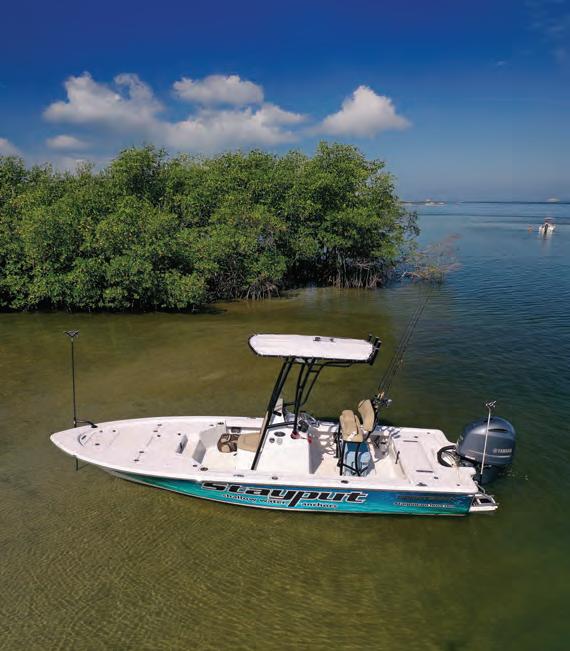
BY NPFL PROFESSIONAL ANGLER JOEY BLOOM
The first cool mornings of fall always bring a little excitement for me. When I back the boat down the ramp and see mist rising off the water, I know the season is changing and the bass are about to do the same. Down here in the Southeast, the fall transition is one of the most unpredictable—but also one of the most rewarding— times of the year.
The key is bait. As soon as water temps slide from the 90s into the mid-70s, shad begin their migration out of the main lake and into the creeks or shallow shorelines. They’re chasing plankton, and the bass are never far behind. If you can find the bait, you’ll find the fish. I don’t even bother making a cast until I see shad flickering on the surface or lighting up my electronics.


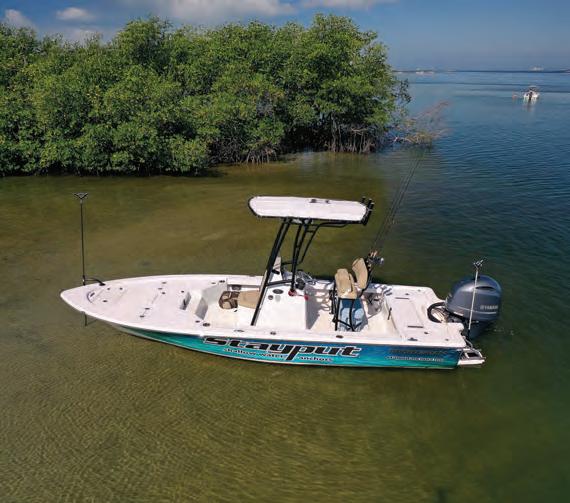

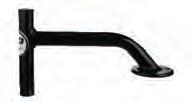



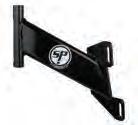

My mornings usually start with topwater or a shad-colored swim jig. A walking bait is one of my favorites to throw across the mouth of a pocket, and it can trigger some of the most violent strikes of the season. I’ll never forget a morning last October when a seven-pounder came out of two feet of water and nearly ripped the rod out of my hand. That’s fall bass fishing— when they decide to eat, they don’t play around.
As the sun gets higher, I shift gears. Shallow wood, laydowns, docks and grass edges become prime ambush points, and that’s when I reach for a squarebill crankbait. I like squarebills because they’ve got just the right wobble and durability to grind through cover. The trick is to make contact—bump that crankbait off a stump, dock, or tick it through grass. Those deflections are what trigger bites. Covering water quickly is important because bass are constantly on the move, shadowing those bait schools.
But not every fish in the lake makes the same move at the same time. Some of the bigger, older bass stay out deeper longer. For those, I keep a Carolina rig handy, and I’ve had great success pairing it with Bait Cave Customs hand-poured soft plastics. That slow drag across a secondary point can tempt those stubborn deep fish that won’t chase a moving bait.
Weather plays a huge role, too. A cold front will slow everything down, and that’s when I switch to finesse—something like a Bait Cave Customs, Cave Club finesse worm on a shaky head, worked methodically. On the flip side, a cloudy, stable day can set off a feeding frenzy, and that’s the time to throw reaction baits and keep covering water. Fall fishing here is a constant adjustment game, and you have to be willing to change with the conditions.
At the end of the day, the fall transition is like putting a puzzle together. The pieces change daily—sometimes hourly—but once you figure out where the bait is, how the bass are relating, and what they’ll react to, the action can be phenomenal. It’s the season where I cover the most water, throw the widest variety of baits, and stay the most flexible.
For me, that’s what makes fall in the Southeast so special. It’s unpredictable, challenging, and full of opportunity. And when everything lines up, it’s some of the best bass fishing of the entire year. With the right mindset—and the right tackle—you can make this season one to remember. Follow all of Joey Bloom’s fishing and fun on Instagram, Facebook, and YouTube at Joey Bloom Fishing.




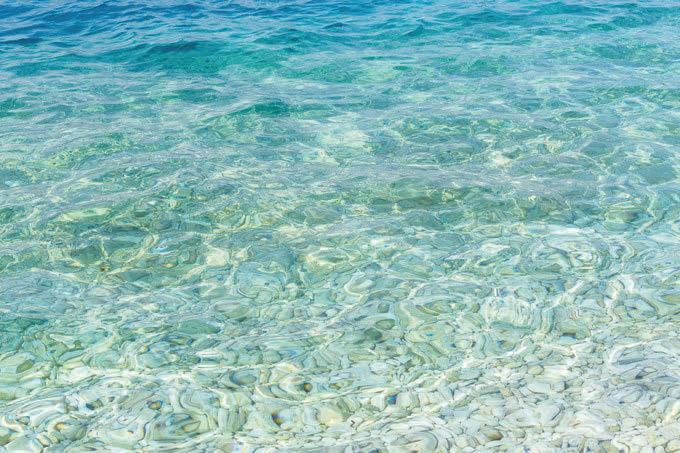







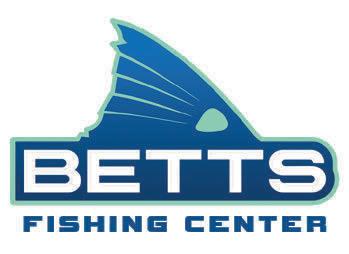



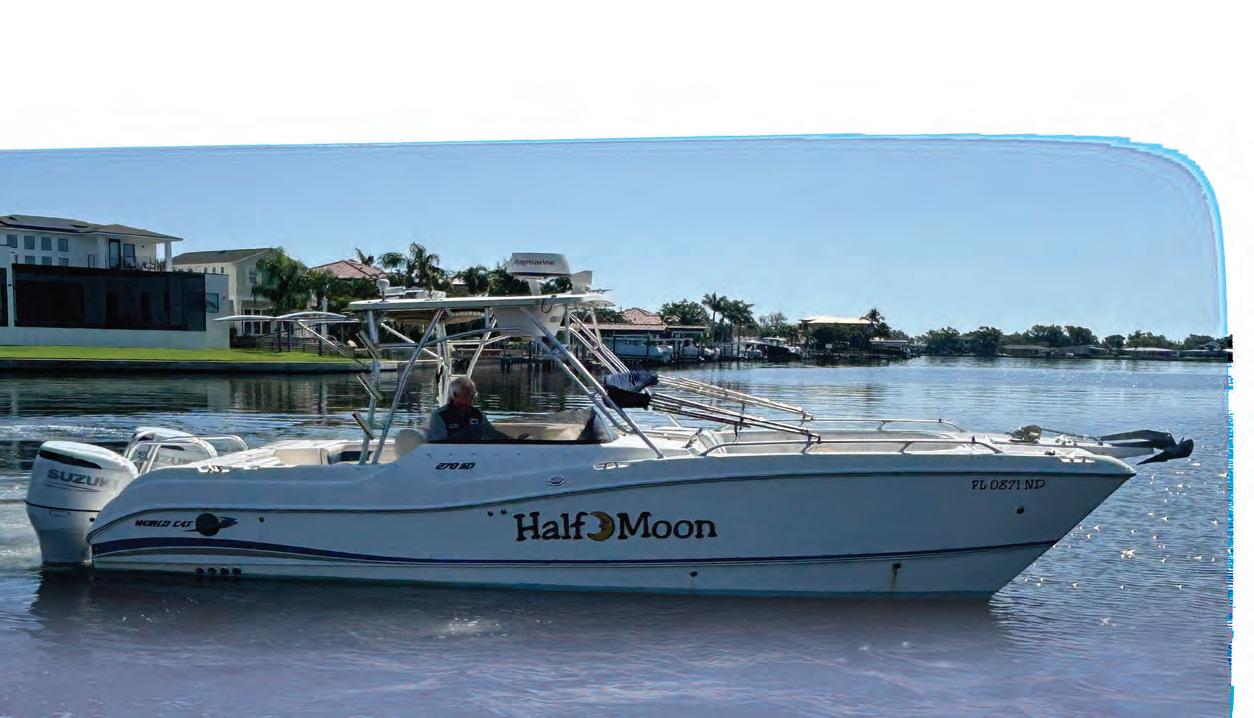
Mastry Engine Center has received the Suzuki Marine Super Service Award and has been ranked #1 in Suzuki Marine US Sales! 60 YEARS OF REPOWER EXPERIENCE!

RePower Packages designed to best ft your needs and not stretch your budget. Financing available.

Rest assured, all Mastry Suzuki RePowers are backed by Suzuki’s industry leading 5-year factory warranty.

Stationed strategically around the East Coast, all Suzuki RePower Centers have achieved the highest level of Suzuki certifcations to meet and exceed your repower needs.
When Considering A Repower, Consider These Factors:
•Every Authorized Mastry Suzuki RePower Center has decades of repower experience providing proper rigging, controls, propeller matching and in water testing
•With a Mastry Suzuki RePower, owners gain improved performance, less noise and greater reliability
•Mastry Suzuki RePower’s exclusive Owner’s Edge Program*
•Mastry Suzuki RePower Centers use authentic Suzuki OEM parts and have factory certifed technicians

Since 2014, Mastry Engine Center, has been building the premiere Suzuki Outboard repower network in Florida. Today, Authorized Mastry Suzuki Outboard Centers have been exceeding expectaions in the Southeast for over two decades. Recently Suzuki Marine requested Mastry Engine Center to expand the network throughout the Northeast. Now boat owners from Maine to Florida can be assured of the best support for their Suzuki outboard repower project. All Authorized Mastry Suzuki RePower Centers provide the best options, information and package pricing for excellent performance in repower.
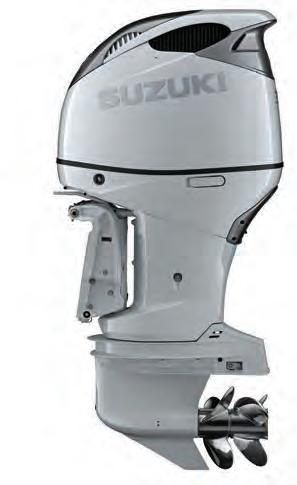



When you purchase a new Suzuki outboard from an authorized Mastry RePower Center you qualify to become a member of the Mastry Suzuki Owner’s Edge. Owners receive an identifcation card that provides them with important information about their Suzuki outboard motor as well as a passport to additional benefts during ownership. Members enjoy a detailed engine maintenance schedule, Mastry Suzuki RePower Trade Program and special pricing from Mastry Suzuki Partners *Get with the Program!
By Capt. Michael Okruhlik
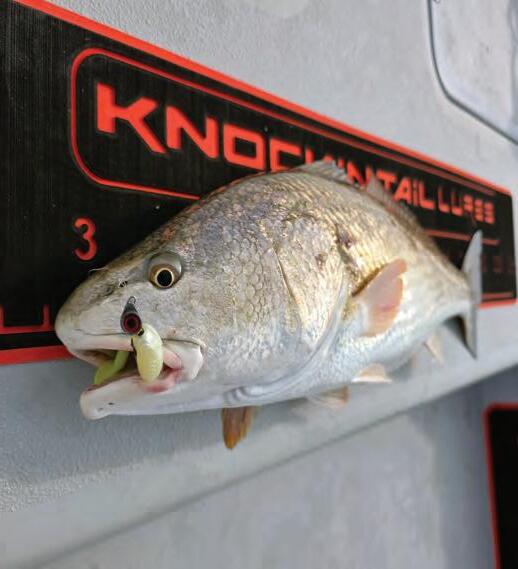
October might just be the perfect month to be on the water. e blazing heat of summer has faded, boat tra c thins, and the marsh comes alive with shrimp, n sh, and the “big three” — trout, red sh, and ounder — all fattening up for the season. For anglers, that means opportunity.
is time of year, I like to keep things simple but intentional. So plastics in the 3.25-inch range are my bread and butter. I lean toward paddle tails because I can cover water quickly and the vibration draws strikes from aggressive fall sh. Durability matters too, because when the action gets fast, the last thing you want is to burn time swapping out torn lures. Rigging depends on cover and depth — sometimes weedless, sometimes a jig head — but either way, adapt to the structure in front of you.
Outgoing tides are my favorite. ey concentrate bait and predators alike into smaller, target-rich areas. Look for drains, bayou mouths, bends, and reef cuts. Even island points can funnel current and stack sh. Once you’ve found the spots, presentation is everything. Reds o en respond to a steady retrieve, trout like a twitch-twitch pause, and ounder react best to a lure darting along the bottom, stirring up a little commotion. Of course, no sh reads the manual — sometimes the “wrong” retrieve produces the right bite. Which brings me to one of the best lessons I’ve learned: sometimes you’ve got to break your own rules. On a recent quarter-moon tide, I worked a shallow grass at with two rods rigged identically except for lure color. One was white with a limetreuse tail, the other pumpkinseed with green glitter. Early on, the reds were all over the pumpkinseed, inhaling it on a fast, steady retrieve just under the surface. But when I noticed trout feeding nearby, I switched things up. Instead of swimming the bait, I bounced it hard o the bottom, fast twitches with short pauses. Suddenly, the trout lit up, and they showed a clear preference for the white limetreuse. at day drove home an important point: don’t get stuck on what’s working. Change the speed, change the color, change the action — sometimes even when the bite is good, it can get better. Covering the same water with di erent retrieves or presentations lets you unlock what di erent species want, even when they’re feeding in the same spot.
So, as October cools the air and the marsh lls with life, keep your tackle simple but your approach exible. Target those pinch points on a falling tide, let the sh tell you what retrieve they want, and don’t be afraid to experiment. e sh are hungry, the weather is kinder, and it’s the perfect time to grab a kid, a paddle tail, and make some memories.
Capt. Michael Okruhlik is the inventor of Knockin Tail Lures®, and the owner of www.MyCoastOutdoors.com.


By Capt. Tony Bozzella
October can be very productive. As water temperatures cool & the fall mullet run in full swing, the bite can get active. Great month to produce a gator trout. Topwaters & diving lipped lures in mullet & pogie patterns can be a ticket. Not much different then methods I’ve mentioned in the past. Clean moving water, with bait, especially over some type of structure, shell bars, point of grass, pile of rocks etc. cast up current & bring lure back with the current. Stay as far away from your target being able to cast just past it.
Approach any of the targeted areas with stealth. Areas close to inlets can be a hot spot, as fish will be following the mullet. Redfish will be in the mix as well. Both lures mentioned are very productive. Also a great month for a decent Flounder. Every October, there are several big ones caught in many areas north in the St. John’s river and contributing tributaries. A TBS jig or bucktail tipped with a mudminnow or finger mullet bouncing slowly on the bottom around docs and structure can really produce. I like to move around on my trolling motor and when I get a flounder bite, I usually stake out and pepper the area with cast, as there are normally more fish there. I have had good luck in the past on incoming tides. Use a heavy enough jig to fill the bottom and when you get the thump, be patient on the hook set and get the net ready as they come off the hook. Berkeley gulp is also an excellent choice for soft plastics that flounder seemed to really like.
The Tarpon in North Florida has been the rage last couple years and this will probably be the last month to get them on a consistent basis following the mullet pods heading down the beach. Low light conditions with a live free line mullet on a length of floor carbon with about a 6 inch bite tip. It can be very productive. I like to free line one

live bait and put one on the bottom and usually one of those two will get some action. Of course, much like the Trout low light conditions can be best. Also, if backcountry redfish is your forte, this is a good month to start fishing the flats and oyster bars on the mudflats & oyster bars. Fish the lightest TBS Jig you can get away with and pair that with a Shrimp, mudminnow, crab or mullet, and you should have success, all very good Baits.
I like Fishing the last of the outgoing and the first hour of the incoming in shallow spots, and mud flat depressions that hold just a few more inches of water and many times on the last of the outgoing tide you will find a few fish screwed up in the staging areas waiting for the tide to change to get back onto the mud flat. Remember, shallow water you will need to be extra stealthy as these red fish can spook quite easily again, stay as far away from the intended target and throw up Current on the edges of the eddies and just stay in tune with your bait. If the tide rolls it reel up the slack and just ready. Your first cast of most productive. If you get a fish, fish the area thoroughly as red fish start to bunch up this time of year and there could be a few more. Many times at this time of the year there will be a good population of rats, ( redfish under 18 inches) however they are feisty and fun to catch and there could be a legal one in there with them.
Ok, get out & fish, October can be a hot month!!
Tight lines,
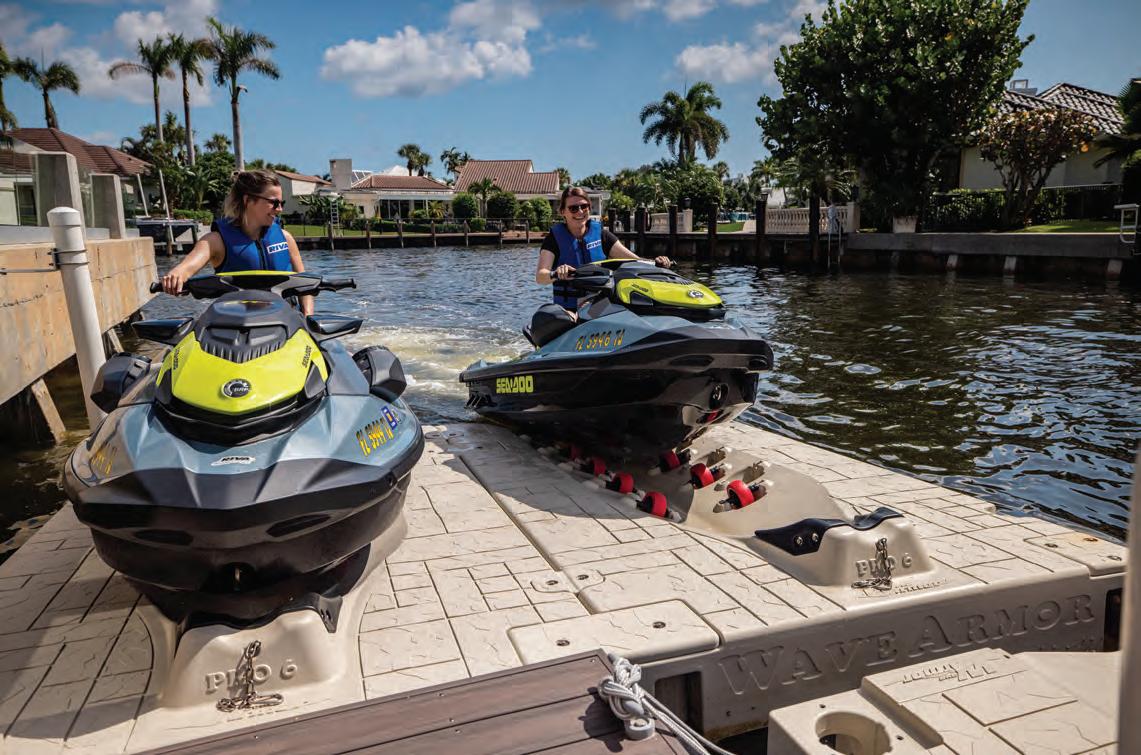



By Dominic Anderson
Another great month of fishing here in north east Florida. Everything is biting this month and they’re being found just about anywhere. Redfish are chewing anything that wiggles or smells. The big flounder are here and in numbers, we catch several this time of the year stacked up together and several in that five pound range. Trout are biting more than normal through out the day. Snapper are gorgeing themselves on any small bait fish and good ones at that. Black drum and sheepsheep ar bending rods left and right especially near big structure with growth on it. Nows when you’ll get lucky with that occasional snook or triple tail as well. Jacks and tarpon are slurping baits off the top of the water with a malicious intent.
Alittle bit of everything is being caught at the bridges and jetty. Remember this, dont be afraid to use big baits. Yes, a five inch bait will get smoked! A nice juicy mullet will get you a doormat flounder or a bull redfish. Use weight accordingly and fish these spots on the slower tides, not when its ripping, you’ll typically be wasting your time. Just about everything can be found at docks right now, if you arent getting bites go ahead and make your way to the next dock. This method is called punching docks and it is very effective when trying to get your fish count up, it may just reqiure a bit more work. Get on the flounder while you can because they are around and the season closes this month on the fifthteenth. This is the month of the big flounder, catch them close to structure and deep water. Mangroves are wide open and will slow towards the end of the month, for now a small hook and a shrimp will catch you some mangrove snapper tacos. That top water bite is on right now, you will catch the huge trout, big jacks and even tarpon with a four inch plug right now. Look for bait being busted up on and some slow flowing water. Click, click, click boom it will almost scare you
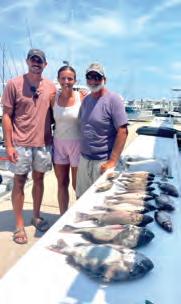

when these fish hit, they are aggressive right now. Get your fishing in now as tempatures are about to drop. No need to fear the sheepshead are here and you chummers get the shovel sharpened because its about to be on like ping pong. The convicts are showing up and are ready to eat your fiddler crab whether you set the hook in time or not. These striped fish will be munching off the sides of structure and if you see one I recommend chumming before you even drop a bait. If you chum they will come and the black drum will be right there with them. Small number one hook or sheepshead jig head will do the trick, with a rather tight drag if your in tight quarters. Unusual catches happen around this month and I couldnt tell you why but we typically always catch a snook or two this month and the triple tail are lurking. When you find a hot bite stick it out there the fish will bite and chill out for a minute then turn right back on. Right now you can get away with catching your own bait and only using a jig head, if you arent a live bait guy then the fishbites are an excellent choice as we get everything on them from drum to sheepshead. Watch these storms and be the first one out after the storms because these fish turn on after a storm and if you can beat the crowd youll be in luck!
Capt. Dominic (904)-962-6184
Instagram:staugustine_fishing www.fishardy.com

By Capt. Kirk Waltz

The ICW will hold good numbers of slot reds, trout, some jacks, ladyfish, flounder, and black drum this month. The last two to three hours of the falling tide are best and light tackle is the better choice for rods and reels. Shrimp, mud minnows, and mullet are the preferred baits. Feeder creeks and the flats will equally be productive during this period. Small jigs thrown with Gulp minnows work great as well as slow sinking Subile lures, Mirror Lures, and Bombers in the early morning.
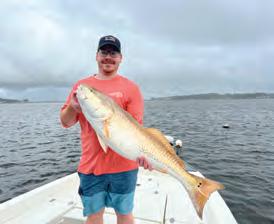
This truly is one of my favorite times of the year. The seasons are in full transition and with the first hint of fall and the ever trickle of Northeast breezes the migration of bait is in high gear. This migratory beginning marks the change in feeding habits of many of our local fish and the ones whom only hang around during the warmer months. Look for the bull reds to continue to push into the St. John’s River mouth and up the river to spawn. These huge reds will hang around from now to mid November until our cold fronts chill the water. Look for them in water from 30 to 42 ft on the edges of the channel on the outgoing and incoming tides. A chunk of mullet, ladyfish, or a whole blue crab is very effective for getting these stout fighters to eat a bait. I also like to employ some chumming to draw the fish to the back of the boat. This method only works effectively if the current is moving slowly. Deploying the chum when its screaming will not work well and is a waste as it will scatter to the four winds! These big breeders can scent food from a fairly good distance and has helped me on days when the bite was a little slow. A stout rod like a Shimano Terova medium 7ft with a Saragosa 6000 with 50 lb braid has been my preferred weapon. This allows the angler to put good pressure on the fish and get it boat side with some minimal stress on the fish. Too small of a rod and reel only stresses these magnificent fish and can lead to mortality. Be sure to handle them gently and make sure you vent them before releasing them back into the water. This allows the fish to swim back to the bottom.
Look for the big rocks at Mayport to get real active with reds, trout, jacks, sheepshead, and black drum this month. Falling tides from high outgoing to the dead low are great times to fish these big stones. I like to use a 1/4oz jig coupled with a live shrimp, mud minnow ,finger mullet, or fiddler crab for best results. Look for clear water and not too much current. Both inside and outside the rocks can be incredibly productive so don’t overlook both rock piles. If you are looking for big black drum this month is the time to sink ¼ chunks of blue crab on the bottom for the best results. The very bottom of the dead low is great as well as the first of the outgoing tides.
The offshore scene will be very active as bait begins to move south. Kings, cudas, and other striking fish can still be caught with some persistence and perseverance. Slow trolling live baits work well…mullet and pogies should still be on the beach if it doesn’t get too cold for a quick bait fix.
For more fishing tips listen to the Outdoorshow radio program on 1010am or 92.5fm every Saturday from 7am to 10am. He can be reached at 904.241.7560 or 904.626.1128 or go to www. enterprisefishingcharters.com
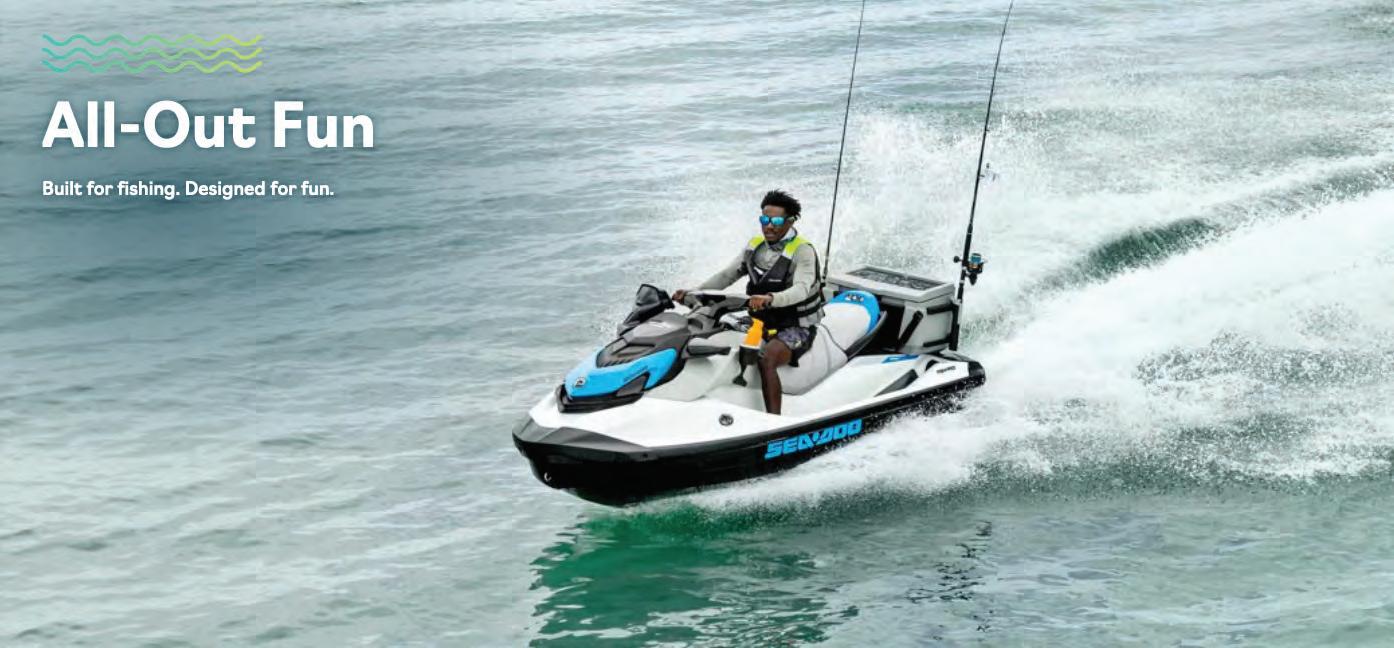

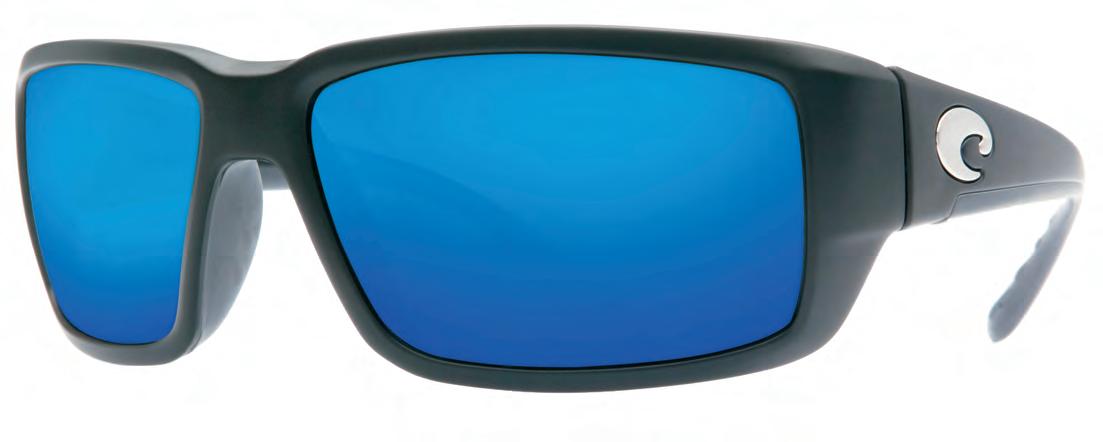
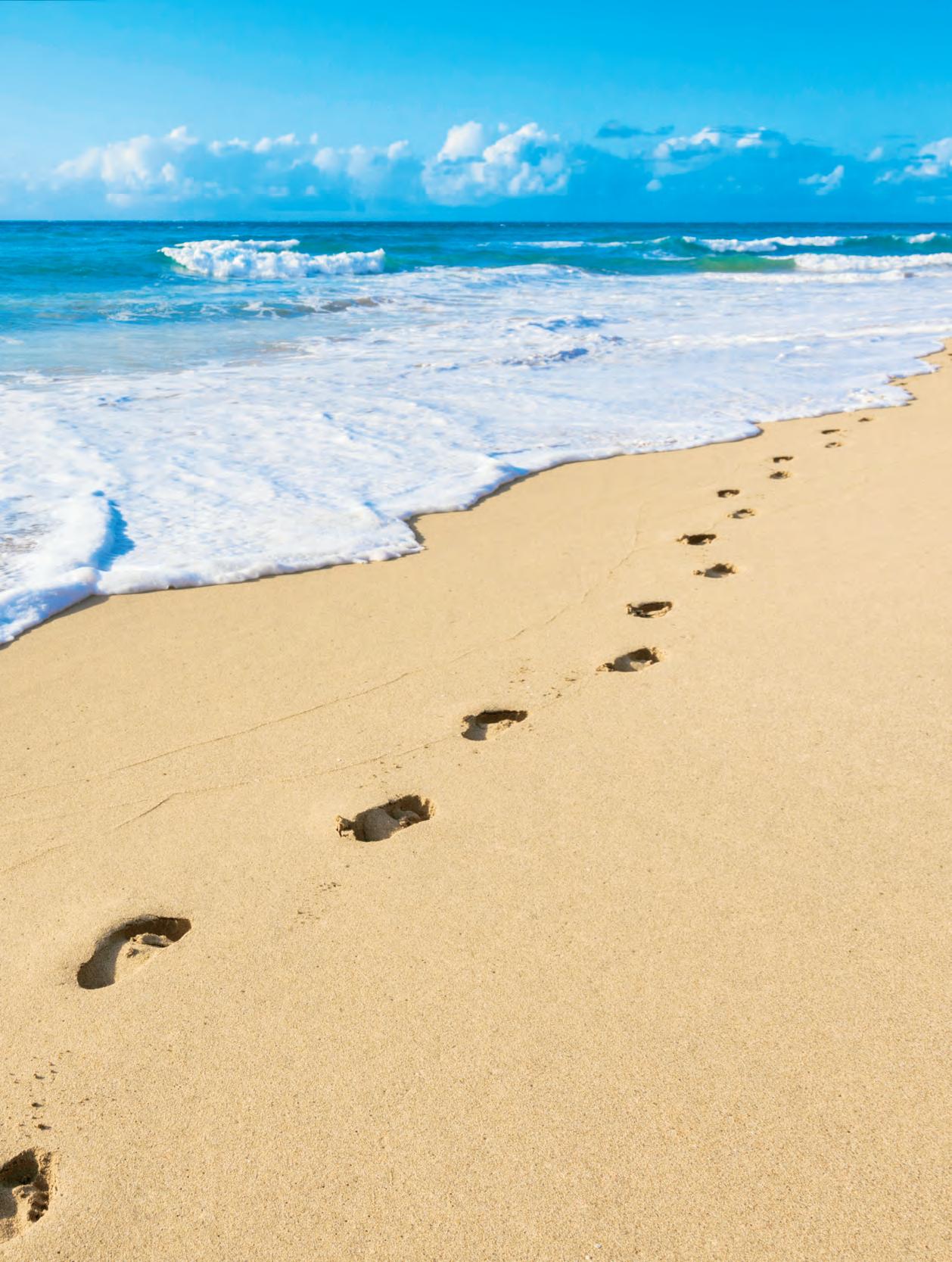







By Capt. Robert Johnson
October brings cold fronts and northeast winds to our area. The fronts also start migrations of several species including Sailfish. If Sailfish are on your wish list, then this is your time. Concentrations of bait from 120 to 180 ft is where to look. Multiple fish days are possible this time of year. We pull medium ballyhoo rigged naked on 80# monofilament
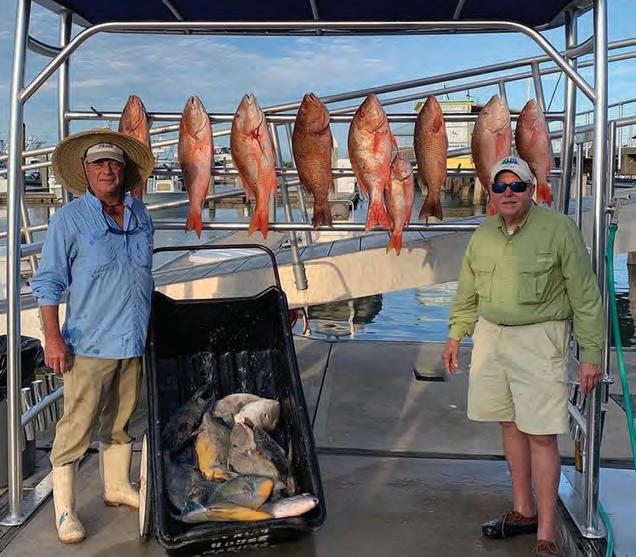

leaders. Teasers are a must and will increase your odds significantly. Unlike tuna fishing we pull the baits up much closer with the short riggers right behind the teasers and the flat lines pretty much even with the teaser. Your odds increase tremendously if you see the fish before he bites. I like to have the reel out of gear and control the free spool with my thumb and feed the fish when he takes the bait. You just slide the lever forward and let the forward motion of the boat hook the fish when everything comes tight. There will also be a few early season Mahi and Blackfin Tuna, around so dinner is still a possibility.
If dinner is your object bottom fishing for a variety of reef fish is great in October. Trigger fish, Vermilion, Mangrove and Mutton snapper are still around. The best action will be in 23 to 26 fathoms for the Mangrove and Muttons. Look for Vermillion and Triggers anywhere from 100 ft out to the shelf edge.
There will also be some Cobia on the wrecks and larger ledges. A live grunt or the tried-and-true Jig worked vertically through the water column will produce Cobia and the occasional African Pompano. Whatever your target is most likely it’s available in October. Just pay attention to the fronts and pick the nice days before and after..
Captain Robert Johnson (904)540-2628
Jodielynncharters.com
Jlfishing@bellsouth.net
The award-winning XPLORE delivers intuitive features and reliable performance, earning top honors from anglers at ICAST 2025.
Since its founding in 1971, Humminbird has been at the forefront of marine electronic innovations, creating products that help anglers catch more fish and be more efficient on the water. That legacy continues today as Humminbird proudly announces the all-new XPLORE Series has been awarded the 2025 ICAST Anglers’ Choice Award. Packed with cutting-edge technology, the XPLORE Series represents the next evolution of intuitive design and enhanced performance.
Fresh off a 2025 ICAST Best in Category - Marine Electronics award at ICAST 2025, Humminbird XPLORE has now been honored by the angling community, underscoring Humminbird’s dedication to developing products that truly meet the needs of those who love to fish. Like the anglers that depend on Humminbird to push the limits on the water, XPLORE is designed with an uncompromising drive to perform. With a sleek touchscreen interface backed by customizable shortcut keys, a lightning-fast quad-core processor, and the ability to easily connect with the best trolling motors and shallow water anchors, XPLORE offers seamless integration and an elevated fishing experience.
The Humminbird XPLORE Series builds upon a long tradition of innovation, reimagined with features that make navigating and fish finding more efficient than ever before. From tournament pros to weekend anglers, XPLORE is engineered to meet the demands of those who refuse to settle for less. With the Anglers’ Choice Award win, the Humminbird XPLORE Series cements its reputation for pushing the boundaries in marine electronics and continuing Humminbird’s commitment to innovation.
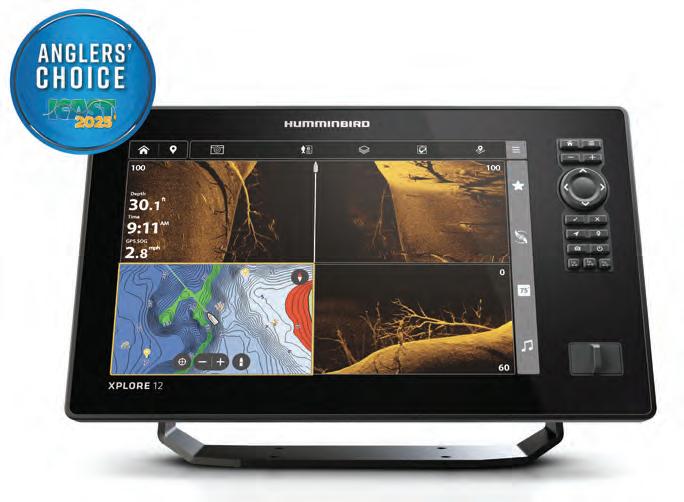
Seamless Integration: Syncs with Minn Kota motors, shallow water anchors, and the OBN for total boat control.
Advanced Waypoint Management: Create a tailored system with customizable icons and color-coded waypoints, and sync up to 10,000 waypoints with a smartphone.
“We are incredibly grateful to the anglers who have used and voted for XPLORE,” said Betsy Radue, Director of Brand Management. “Their trust in the Humminbird brand inspires us to keep innovating and creating products that enhance the fishing experience. XPLORE’s success reflects our commitment to delivering intuitive, highperformance technology for anglers of all skill levels, helping them catch more fish and enjoy every moment on the water.”
XPLORE Key Features:
Fast and Intuitive: Features a quad-core processor, fast start-up, intuitive shortcuts, and easy-to-use touchscreen interface.
HD Display: Bright and clear screens in all conditions, delivering unmatched visibility for finishing fish, structure, and underwater detail. HD Mapping/SmartStrike: LakeMaster® and CoastMaster™ mapping with coverage for 13,000 U.S. and Canadian lakes, 170 million acres of coastal waters, and SmartStrike™ for real-time fish activity predictions— available with purchase.
Streamlined User Interface: Cross Touch interface offers dual control options—touchscreen capabilities and keypad for precise menu scrolling and operation.
Compatibility: Compatible with MEGA Live Imaging, MEGA 360 Imaging and MEGA Side & Down Imaging.
Choose from: 9”, 10”, or 12” displays, with the ability to personalize the interface and OBN side buttons.
MSRP: XPLORE 9 CHO - $1,299.99 • XPLORE 9 MSI+ - $1,499.99 • XPLORE 10 CHO - $1,999.99 • XPLORE 10 MSI+ - $2,199.99 • XPLORE 12 CHO - $2,499.99 • XPLORE 12 MSI+ - $2,699.99
JOHNSON OUTDOORS is a leading global outdoor recreation company that inspires more people to experience the awe of the great outdoors with innovative, top-quality products. The company designs, manufactures and markets a portfolio of winning, consumer-preferred brands across four categories: Watercraft, Fishing, Diving and Camping. Visit Johnson Outdoors at www.johnsonoutdoors.com

by Carson Kent
is here! This is my favorite time of year for flats fishing for redfish. We have cooler weather ahead of us, which will push the redfish the shallowest they will get all year, following grass shrimp and finger mullet onto the mud flats. This creates for some of the most fun sight fishing that can be done all year! You can never go wrong fishing a 3” paddletail or grub on a late outgoing tide for slot redfish. Look for shrimp jumping out of the water and big head wakes!
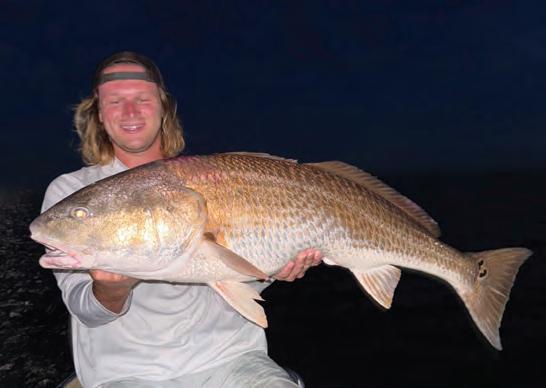
The bull redfish run is happening now as well! You can expect to find redfish over 40 inches on just about any inshore ledge along the ICW and throughout mayport and even a little into the St. John’s River. Although
easily caught on half crabs and large mullet, they can also be targeted using lures. Swimbaits in the 5-9 inch range can do a great job at fooling the redfish into thinking they are about to inhale a mullet or other large baitfish. I like to fish early outgoing right before the current starts to rip out, and the end of outgoing all the way through early incoming.
We will also get a second wave of tarpon in the river as the mullet run approaches. Every fall, mullet from down south work their way up the east coast and travel up river in large, dense schools. They are easiest spotted on glassy days because the pods swim up near the surface, usually creating wakes or “nervous water” that looks like boiling water. Live mullet on a large circle hook (usually 7/0 and up) work very well freelined for tarpon, but the same swimbaits mentioned above can have the same fish catching ability. I like to steadily retrieve my swimbaits, with no twitches or pauses, about mid water column at a medium speed. You can always speed up or slow down depending on what the tarpon around you are doing.
Use an extra heavy rod and heavy drag to get them boatside as quick as possible to ensure its survival!
If large fish on artificial or sight casting redfish on light tackle interests you, give me a call at (904) 805-3949 or visit
Deadlowfishing.com

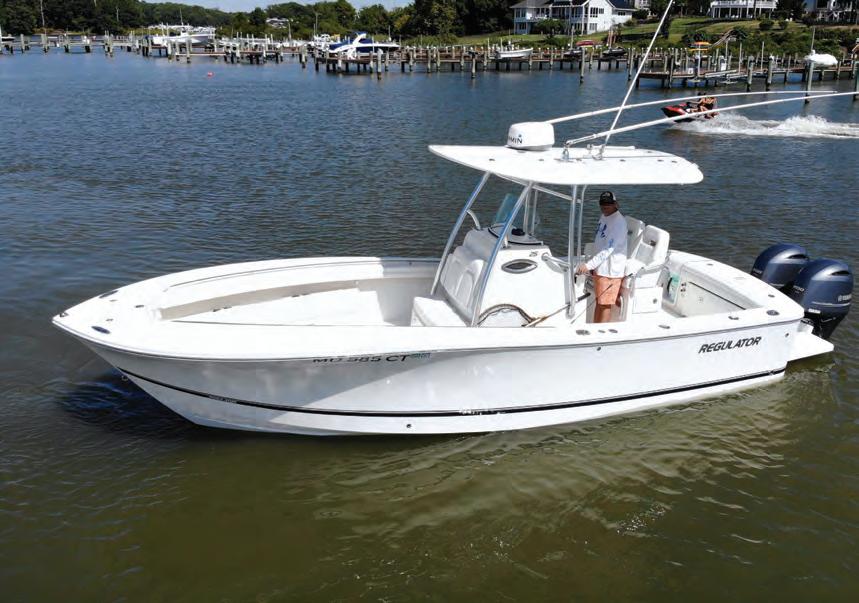



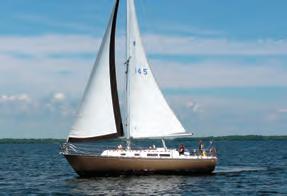



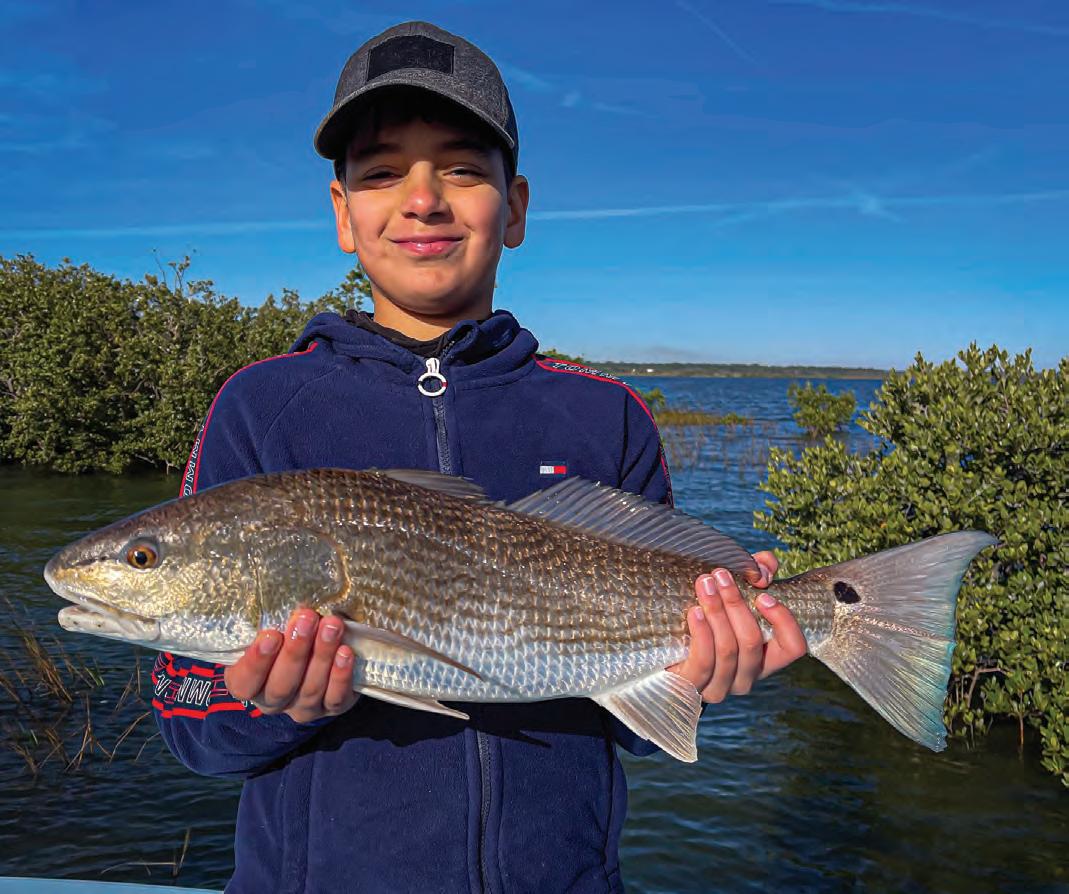


By Terry D. Lacoss
The month of October will be showcasing redfish both in the backwaters of Amelia Island and both inlets, the “St. Mary’s and Nassau” inlets.
Fishermen will have the chance in landing that redfish of a lifetime when adult redfish will be participating in their annual spawn in the deep waters of both inlets, particularly during the last few hours of the incoming tide and the first few hours of the falling tide. Fishing dead on the bottom with cut mullet is the preferred fishing technique, however deep jigging with a spoon, or bucktail jig with a chartreuse colored led head and white skirt is very attractive for schooling “Bull” red drum.
redfish.
Current FWC regulations for red drum allow fishermen to keep one redfish per day measuring at least 18-inches and not over 27-inches.
During the spawning season, redfish use special muscles when rubbing against their air bladder, which produces a “Drumming” sound. Tidal waters carry fertilized eggs back into the bays and backwaters where juvenile redfish will mature up to four years, which is approximately thirty inches long. Multiple spots on the tail of a redfish resemble the eye of a fish misleading predator game fish in attacking the tail of the redfish instead of the head.


Jetty and inlet fishermen will also have the opportunity in hooking into the occasional cobia, king mackerel, bluefish, black drum and a variety of sharks.
When fishermen are presently fighting a keeper game fish, an excellent fishing tip is to tighten down your reel drag and gaff or net you catch in a hurry! Sharks have been eating hooked game fish right at the boat, leaving fishermen extremely disappointed in their catching and landing techniques!
A full moon will take place on October 6th with a flood tide arriving early that morning at 8:34 am. If there is a good sea breeze, the extra high flood tide will be showcasing tailing redfish in the spartina marshes. Casting a ¾ ounce gold spoon, “Redfish-Magic” spinner or plastic, weedless frog are all preferred methods when targeting flood tide redfish.
Fly fishermen will have the opportunity to cast a “Crab-Pattern” fly just in front of a tailing redfish as well with an eight-weight fly rod and floating fly line. A twenty-pound tippet will hold the heaviest tailing
Excellent fishing for flounder, seatrout, puppy drum, bluefish and whiting will be available during the month of October as well.
Drifting a live shrimp a few feet under a “Popping” cork over flooding oyster bars, at creek mouths, sandy flats and at creek mouth points works well for redfish, seatrout and flounder.
Fishing along the pristine beaches of Amelia Island provides for excellent catches of pompano, whiting, seatrout, whiting and bluefish. Fishing with live sand fleas with a double hook leader and four-ounce pyramid weight is key.
As the water temperatures cool offshore of Amelia Island black sea bass will be running at FA, BF, and FC fish havens while fishing deep on the bottom with a double hook leader and local squid, or cut bait.
For fishing and sailing charters visit www.ameliaangler.com or call 904-261-2870.
By: Noel Kuhn
This is my favorite month of the year! The Summer heat is gone! The water temperature is dropping and the bite is on fire! With the water temp in the 70’s, the Tarpon are still here before heading south. The Pompano have returned from their summer vacation up in the Outer Banks. Most importantly all the species in the surf are chewing. The Mullet Run will start to slow down but do not go to the surf without your cast net and bucket.
The big oversized Redfish will be biting until the water drops below 65 which may not occur until December. One recent December, my charter and I put a smack down on big Redfish. The water was still in the 60’s and Mullet were still hanging around. The air temp was in the 30’s and I could not feel my fingers when hooking on those six inch


long Mullet. Check out the photo! If you want to catch your personal best Redfish, then now through November is your best time before they head offshore to warmer water.
My go to rig is a fish finder tied with 50 pound mono tip with a 3/0 circle hook for baiting with Mullet. When the Mullet are gone, I use a 5/0 tipped with half of a Blue Crab. These big Reds are not leader shy. I have caught so many with a 10/0 circle hook on 480 pound steel leader tipped with half of a Whiting while targeting Blacktip Sharks. So, tackle up heavy if you want to catch your PB Redfish.
One fun thing to do is to cast lures in the surf. Spotted Seatrout, Weakfish, Bluefish, Flounder, Redfish and a lot of other species come into very shallow water especially on a calm morning. I am talking about 24” shallow! Right at sunrise, I prefer a solid color lure that makes a silhouette against the low light. Later in the morning if the sun is bright, I will switch up to a super flashy mirror like lure. Top waters and suspending baits work better since you are casting into shallow water.
So, the weather is right and the bite is hot! Get out and go now! See you on the beach!.

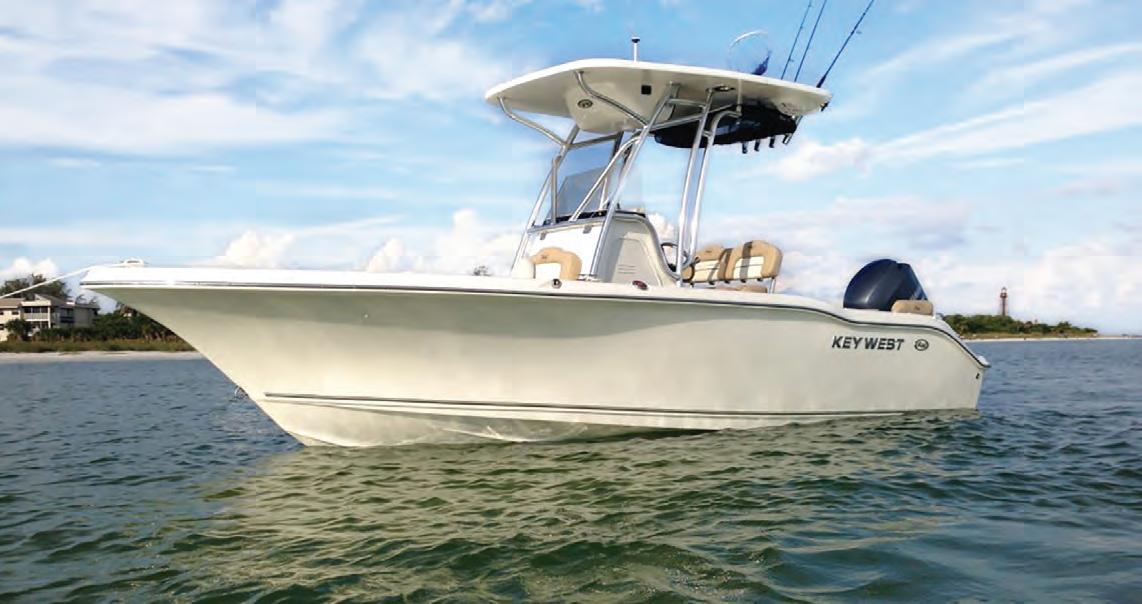










19 Sun 01:08 AM 0.73 L 07:35 AM 5.68 H 01:40 PM 0.76 L 07:51 PM 5.41 H
20 Mon 01:48 AM 0.61 L 08:15 AM 5.77 H 02:23 PM 0.70 L 08:31 PM 5.29 H 21 Tue 02:26 AM 0.58 L 08:53 AM 5.80
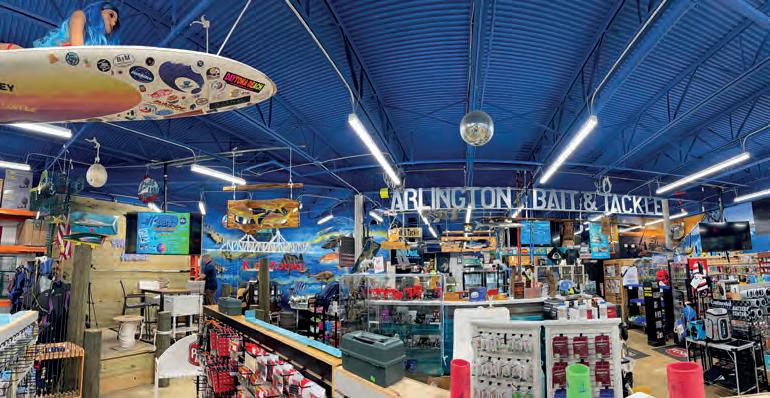




Coastal Angler recently had the opportunity to speak with Evan alas, CEO of alas Apps, to discuss Marispeak (short for Maritime Speak) to see what all the chatter and excitement was about regarding the new Marispeak navigational app. Four years into the making, this new app instantly turns your phone into a maritime communication and information center, allowing clear and secure messaging, maps, water depths, weather information and more. It also enables a push to talk “Walkie Talkie” feature, and audio/video calls for quick communication with anyone using the Marispeak App, once they have been added to your private group, or with any user in the help group.
Some key features of the Marispeak App.
• Nautical Maps Overlay - Displays shipping channels, buoys and channel markers
• Realtime AIS Data - Displays vessels on a map in realtime.
• Plotter - Displays your boat’s current position in real time, allowing recording and retrieval.
• Water Depths
• Speed Indicator
• AI-Arti cial Intelligence Module - Allows you to verbally ask boating, shing and marine life related questions, and receive spoken answers from MariSpeak AI.
• Help Feature - Communicate with other Marispeak users and request assistance
• Real Time Tracker Device - Tracks your boat if it has been stolen.

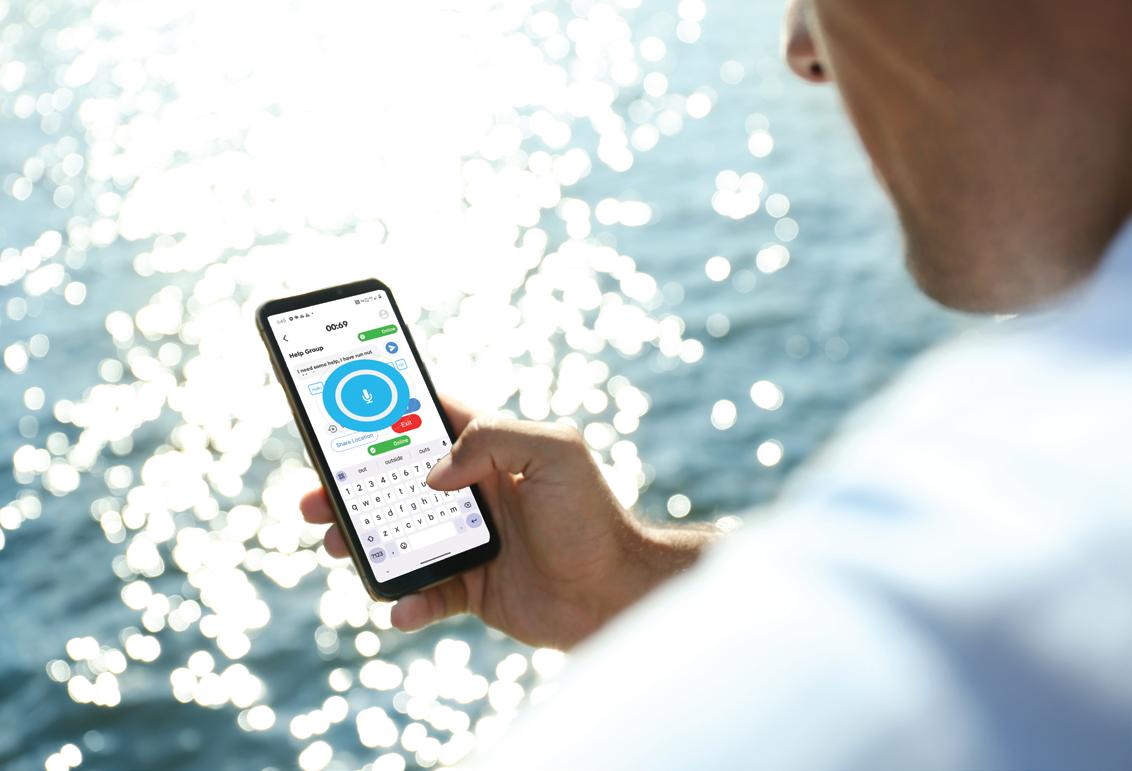
According to Evan, his previous positions as National Business Development Manager for Uniden Australia, and Account Manager for ICOM Australia, enabled him to understand the need for an economical and easy to use navigational and communication device for the marine industry. Evan received assistance for the UI (User Interface) design from Nikolaus Hema, a Graduate of Distinction from Swinburne University in Australia with a master’s degree in design digital research, specialising in research in arti cial intelligence. Evan set out to revolutionize the boating/navigational industry, by utilizing high tech functionality with low tech use applications. is was no easy task. Developing this app for a global audience required years of painstaking e ort from the team.
Now fully tested and available through the APP Stores, this app is a “must have” for all boaters of any size vessel including kayaks and canoes.
Coastal Angler Magazine salutes Marispeak for their monumental accomplishment which we believe is destined to change the boating industry.

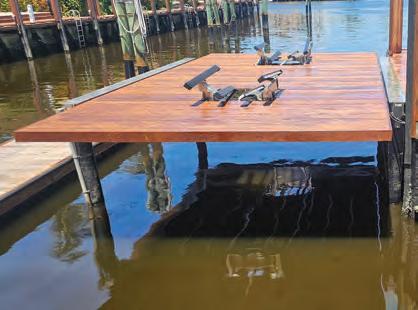
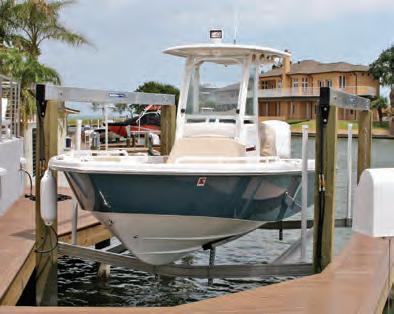


ShoreStation hydraulic boat lifts are a reliable choice for coastal residents and boating enthusiasts alike. Their strong construction, made with corrosion-resistant materials, allows them to withstand harsh environmental conditions, including sun, storms, and saltwater damage. ShoreStation provides a steadfast solution for protecting waterfront investments, o ering peace of mind to owners in the Sunshine State.
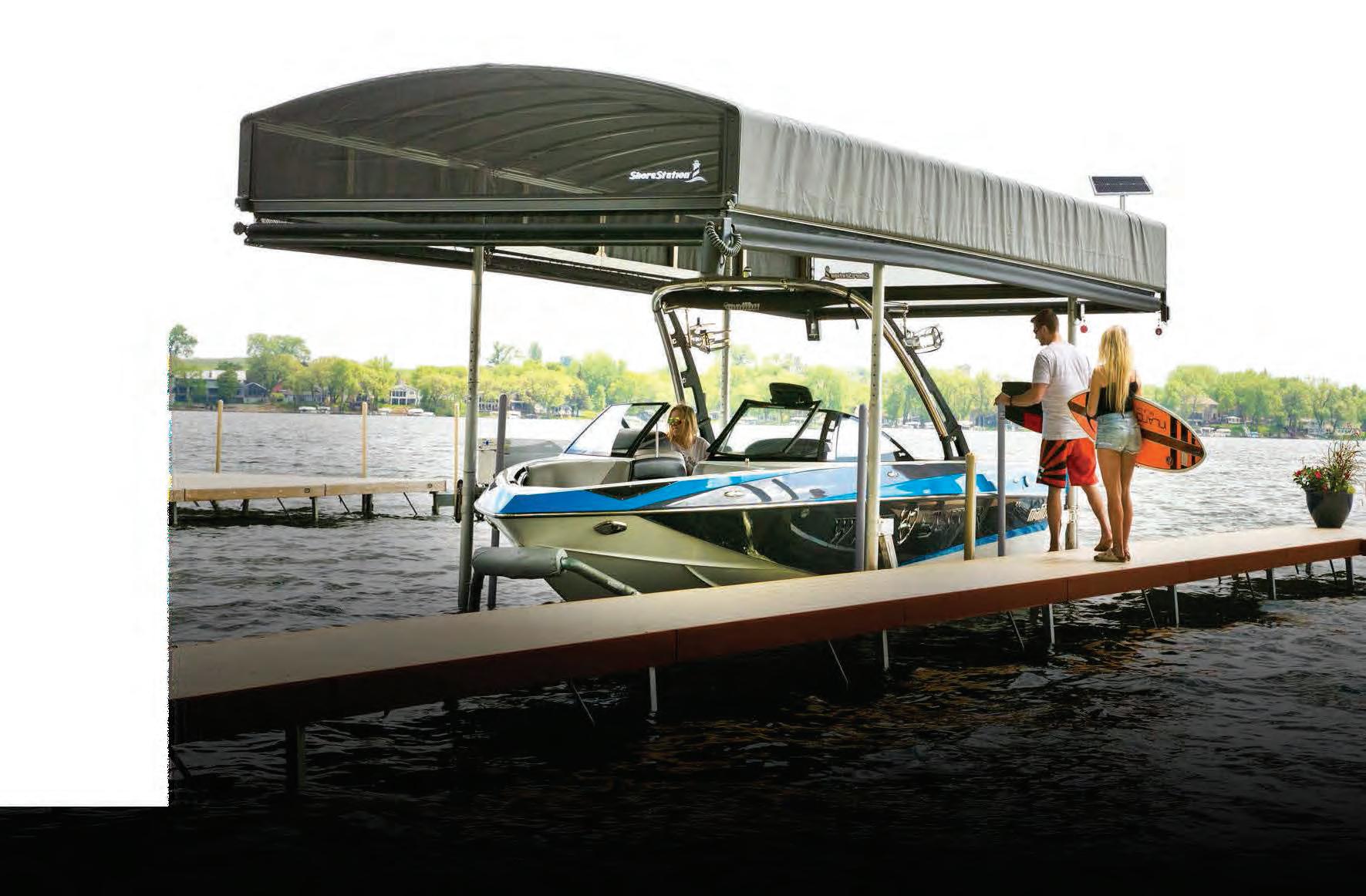
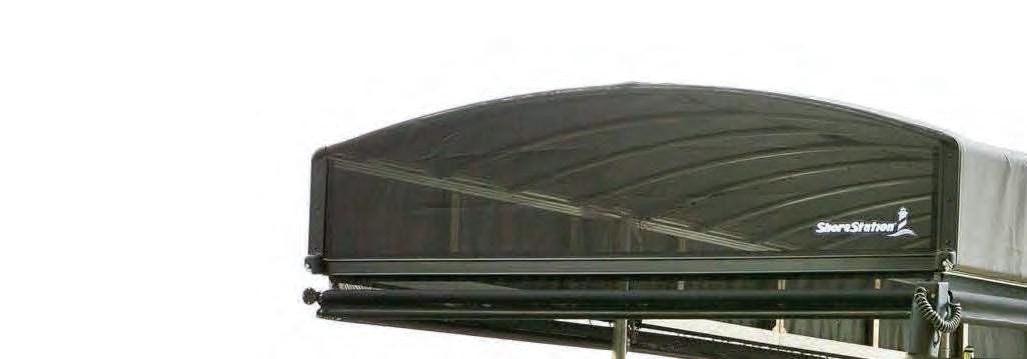



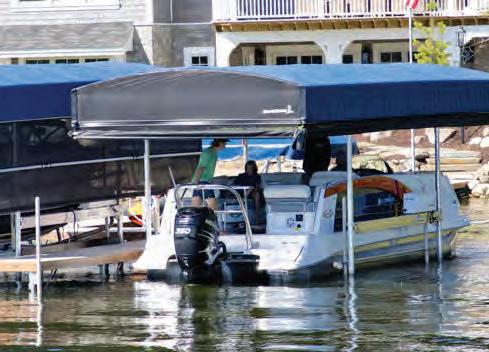

Equipped with exceptional weather resistant fabric and breathable SunTex 80 woven mesh ends for maximum protection and durability,

Made from the highest quality materials, our innovative hydraulic boat lift is one of the fastest and safest lifts on the market today. When you have a hydraulic lift, there’s no need to worry about wind and waves getting in your way. This lift will give you con dence to safely land and secure your boat in less-than-ideal conditions.
Never miss another moment on the water. Power your lift with clean, free solar power. Our speedy 20 watt charger features solar regulator drainage protection, saving your battery from permanent damage caused by overcharging.



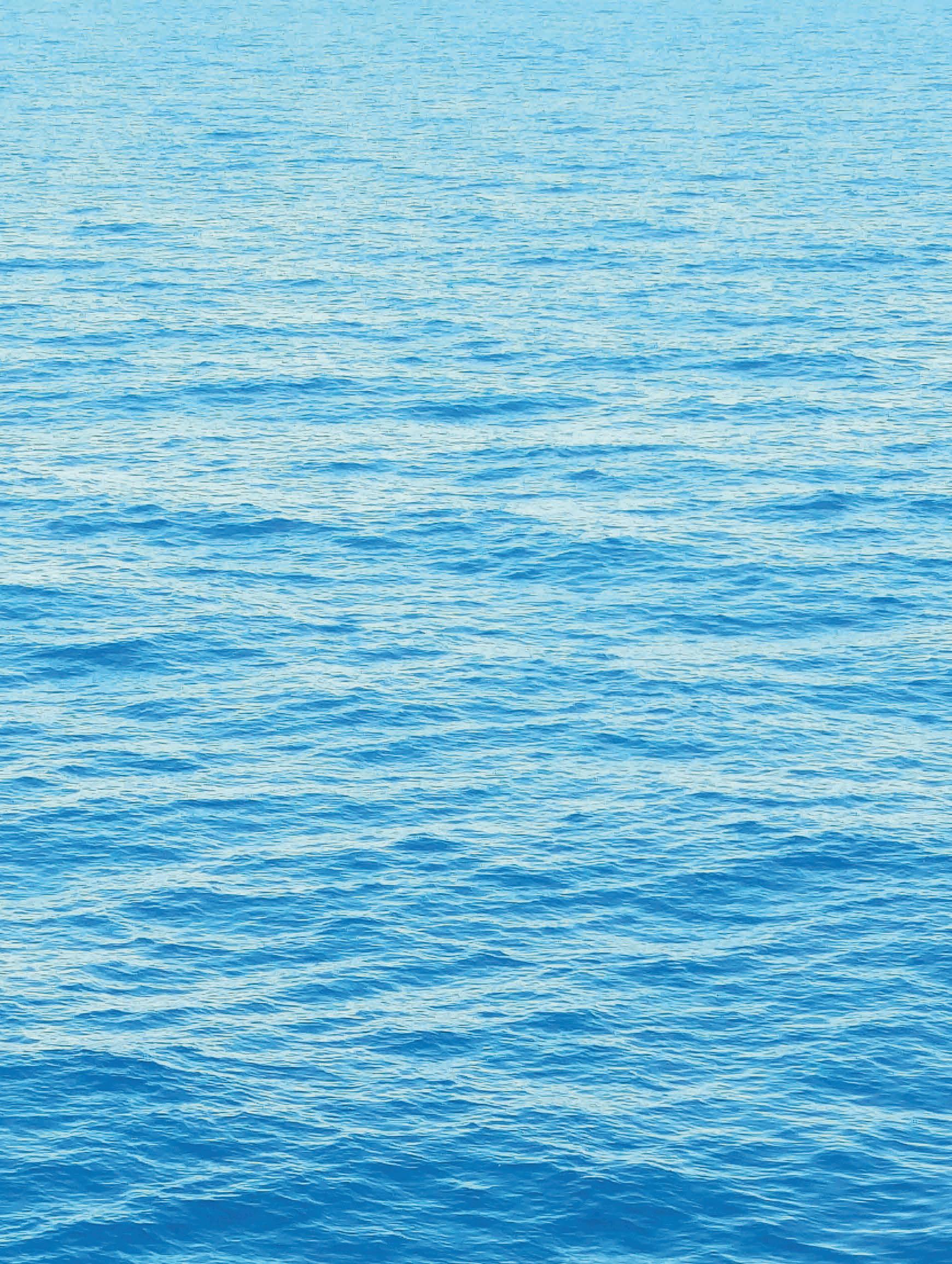
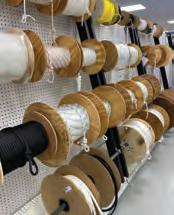
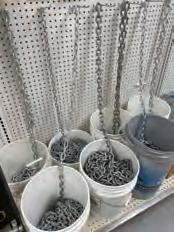
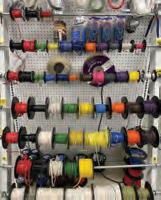








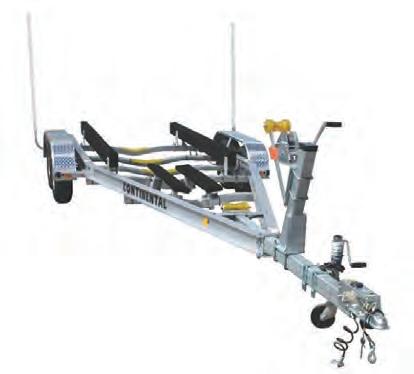











October has traditionally been one of my favorite months of the year for a number of species, but especially for grouper. I’ve always said that Christmas week is the apex of grouper fishing…and it is. I’ve also said that there is a mental hierarchy in grouper, with gags being at the top and reds being at the bottom. I could catch a red grouper on a wooden dowel rod with menhaden oil on it and a hook attached…and that is not an exaggeration.
I hate to be repetitive, but a live pinfish on a Squid Decoy Jig is a dead ringer for red grouper (and all grouper for that matter). If you have the ability to keep a pinfish trap in the water, I would strongly suggest securing several dozen pinfish to take bottom fishing. Everything out there eats them, not to mention they are very hardy and will live all day in the livewell. Red grouper, gags and scamps all view pinfish the same as sailor’s choice and other small snappers as egg eaters. If for no other reason, they will eat them just to kill them, so they don’t eat their eggs. Frozen cigar minnows and sardines have caught more grouper (historically) than all the other baits combined. That’s what they eat!
Tim Barefoot
ice, fuel or weather.

We always had hundreds of pounds of (frozen) cigs and sardines, so let’s not get too carried away with the bait selection. Frozen cigs get the job done, but now that I’m fishing the super stealth decoy
10 seconds. Nothing down there can resist it. Period.
As I always say, “Find the bait, find the fish.” Yes, I like to fish structure like ledges, wrecks or live bottom, but the main ingredient is food. If you mark big stacks of cigar minnows, sardines, beeliners, etc., it’s always a good idea to fish below that, and keep the light line out on the surface or near the surface for all the pelagics. We have vast areas of sand bottom with no structure whatsoever. We just fished big stacks of bait and caught them GOOD! Red grouper can be caught in most depths of water. From as shallow as 15 feet on the Atlantic side to 400 feet and beyond. The only problem with fishing this style of jig and minnow combination is that you are definitely gonna catch gags, scamps, blacks— and those “endangered” American red snapper.

jig/bait combination, I do love a live pinfish or other live baits.
Please take a descending device and familiarize yourself with how to use it.
I guess that’s why I’m writing this article featuring red grouper this month; because that’s about all we have to fish for this time of year. So get out there with some pinfish and frozen minnows and harvest the red grouper and scamps.
On a commercial fishing trip (many years ago), if you ran out of any one of these four things, it would send you back to the Hill: bait,
With that all being said, don’t ever pass up the opportunity to jig up live cigs and sardines for the ULTIMATE combo! The life expectancy of a live cig or sardine on a Decoy Jig is under
Take your kids fishing, too, and make plenty of videos and photos that’ll last a lifetime.
Learn more from Tim Barefoot on his YouTube channel and at barefootcatsandtackle.com.
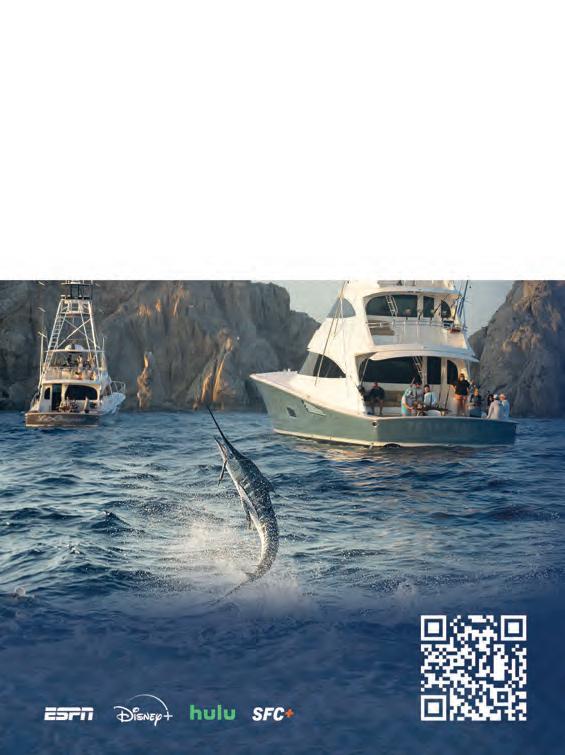
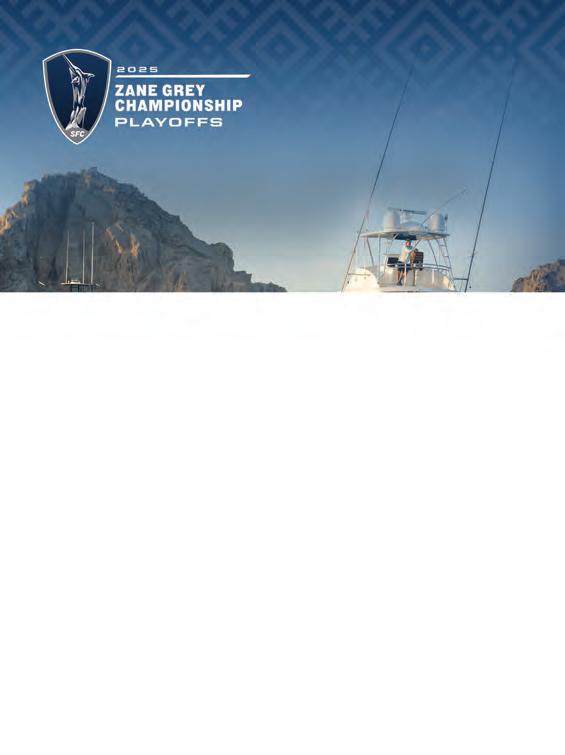

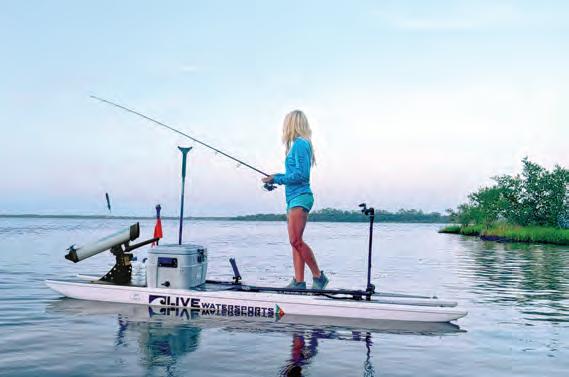

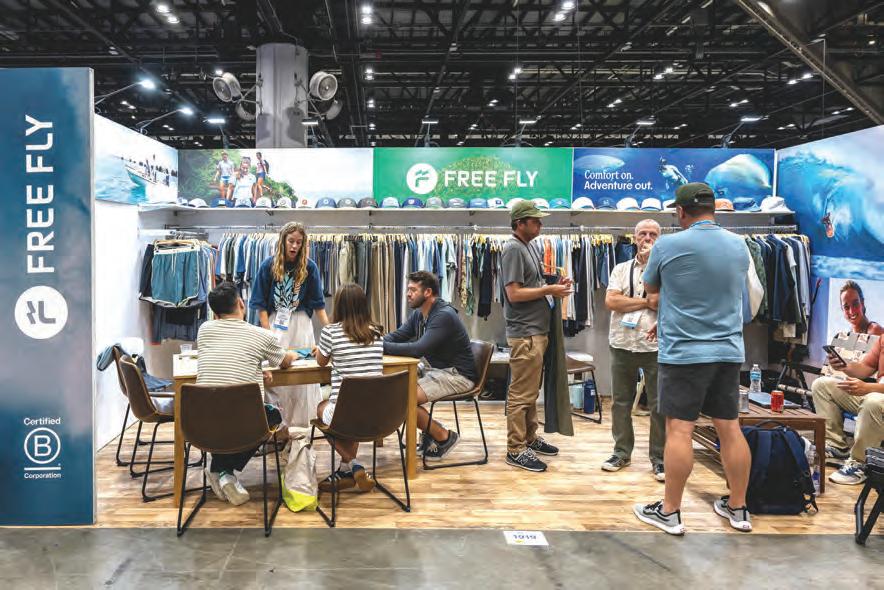
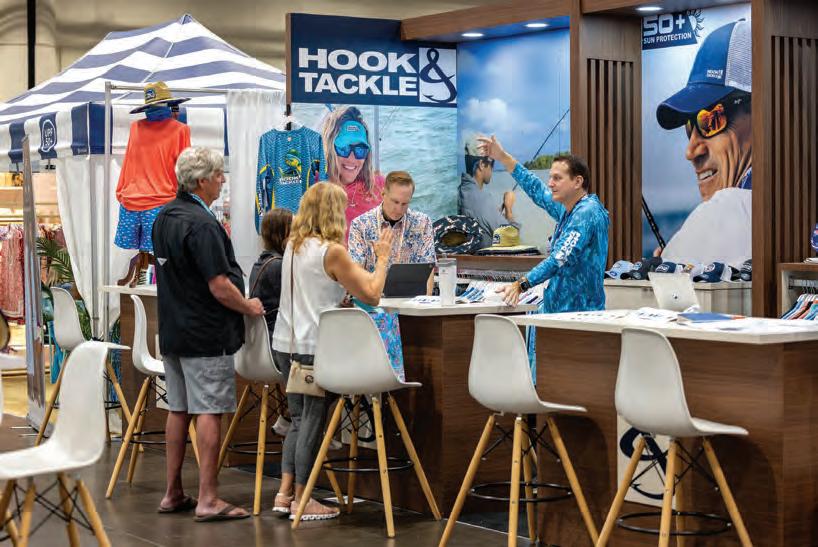
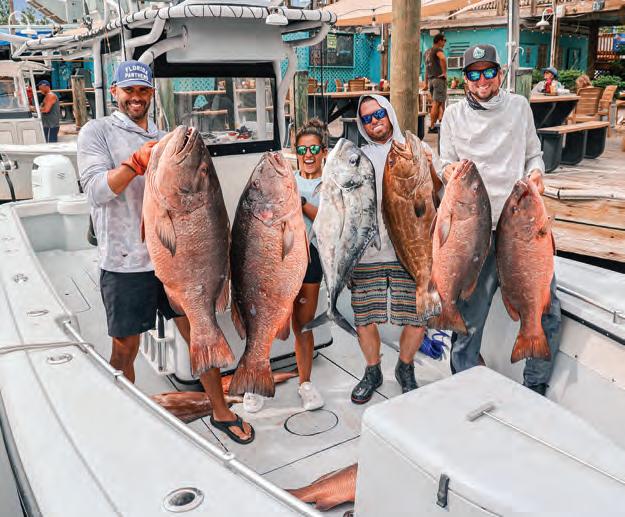
By Astrid deGruchy
When it comes to snapper fishing, the Florida Keys are hard to beat. From shallow mangroves to deep wrecks, these waters hold everything from tasty keepers to tackle-busting giants, and the right gear makes all the difference.
shrimp, pilchards, or cut ballyhoo for consistent action. Downsizing leader in clear water is key. On the reef edge, Yellowtail snapper are Keys gold. Target them from spring through fall using a PENN Slammer IV 4500 with 15 lb mono. Set a steady chum slick and free-line white baits like pilchards on a Mustad 1/0 J-hook. Keep your presentation natural since yellowtails spook easily.
For heavier hitters, Mutton snapper shine during the late spring and early summer full moons. Use a PENN Authority 5500 matched with 30 lb mono leaders and Mustad 3/0 to 4/0 circle hooks (Big Guns are the best). Drift live pinfish or pilchards back naturally, and be ready, when a mutton eats, it’s all power. For something more regal, head deep for queen snapper, the true royalty of the snapper world. These stunning red fish haunt 500-1,000 feet down along the continental shelf. A PENN Fathom II paired with 40 lb braid and a Mustad 6/0 circle hook tipped with squid or bonita chunks gets it done. Most anglers opt for electric reels, but handcranking one up is a badge of honor.
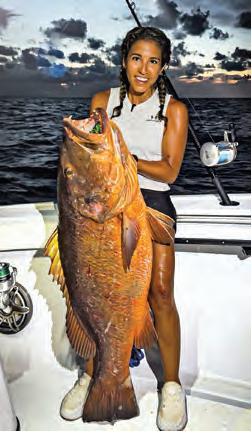
Mangrove snappers are the everyday staple, found year-round around bridges, mangroves, and patch reefs. Light tackle with a PENN Spinfisher VI or Battle III 3500 with 20-25 lb mono gets the job done. Use live


Then there’s the ultimate test: the Cubera snapper. Capt. Kody (@capt_kody) recently put me on a 65-pound Cubera out of Key West. These brutes demand muscle, like PENN International 50VISX, 80-100 lb mono + Mustad 12/0 circle hook type muscle. Summer full moons are prime, and whole lobsters are the bait of choice (yes, not cheap). Once you’re hooked up, it’s a brutal test of endurance, arguably the hardest fight you’ll experience on stand-up gear, especially when you’re handcranking every inch.
Out here, every snapper tells a story… from the quick hits of mangroves to the heartpounding brawls with cubera beasts. We live for those moments, and now you can too. Follow the journey on Bean Sportfishing TV on YouTube. If you are interested in a Cubera Trip, reach out to Capt. Kody Michael on Instagram (@capt_kody) or go to reel-guides.com
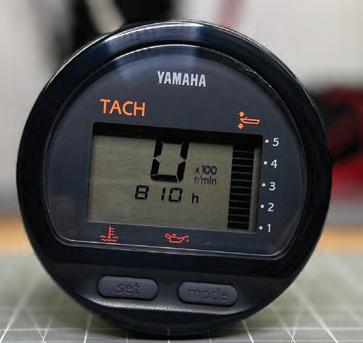

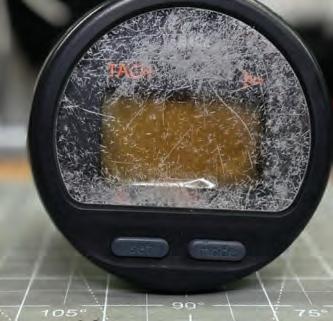



It’s no fish tale when you run with a John Deere. You can get everything done faster and easier, so you get more time on the water. Plus, our special offers make them the catch of the day.



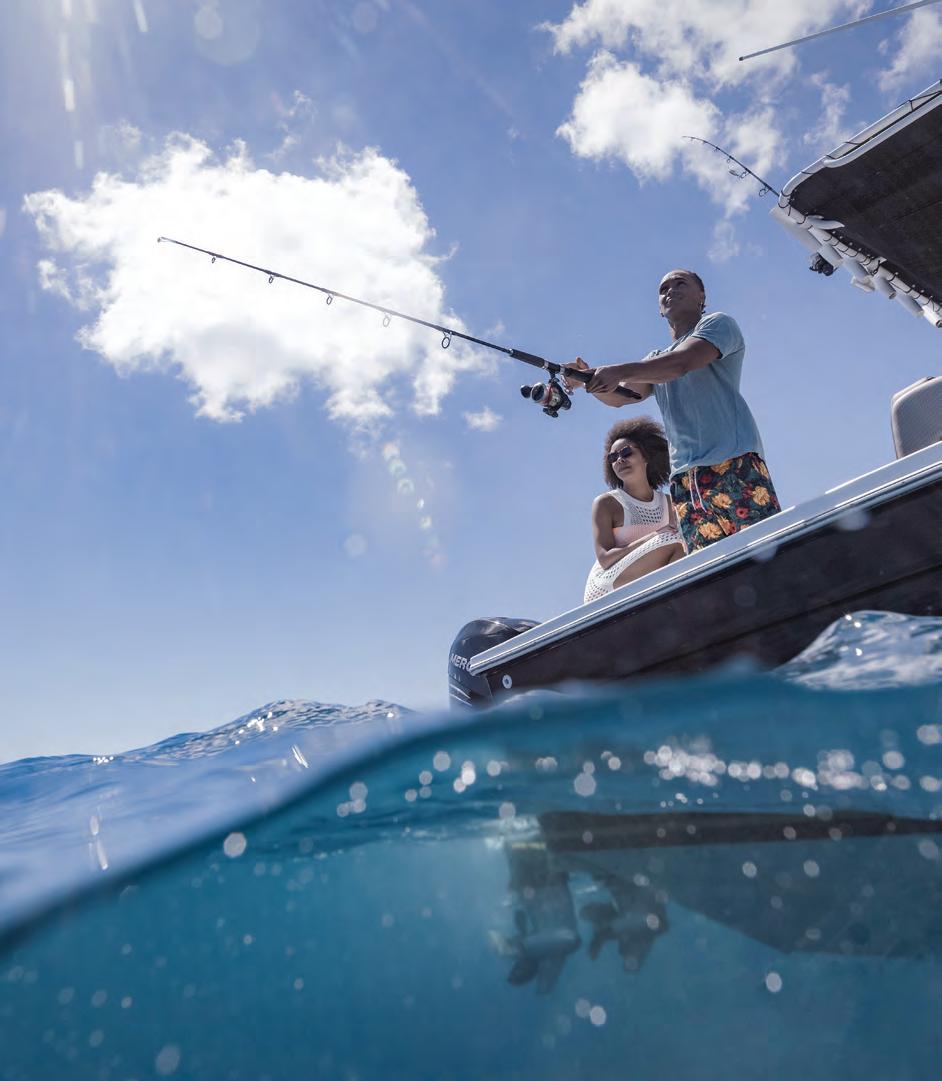
Nestled in the heart of the Caribbean, the US Virgin Islands embody a harmonious blend of natural beauty, cultural vibrancy, and laid-back serenity. These islands are more than just a picturesque getaway; they are a living testament to nature’s rhythm and resilience, effortlessly in tune with the world around them.
With no passport required for U.S. citizens, from the moment you arrive, the islands’ natural rhythm is palpable. The gentle sway of palm trees, the soothing sound of surf crashing against sandy shores, and the vibrant melodies of local music all echo the heartbeat of this tropical paradise. The islands’ lush landscapes, with their verdant hills and crystal-clear waters, mirror the steady pulse of life that sustains the local ecosystems and communities alike.
The US Virgin Islands’ environment is a symphony of biodiversity with world class fishing and diving. These natural elements are not static; they dance in harmony, influenced by the tides, wind, and seasonal changes—further emphasizing the islands’ intrinsic rhythm. This delicate balance underscores the importance of conservation efforts, ensuring that future generations continue to experience the islands’ natural cadence.
Culturally, the US Virgin Islands are equally in tune. The music, dance and festivals reflect a vibrant heritage rooted in African, European and Caribbean traditions. The spirited calypso beats
and reggae rhythms are expressions of life's ongoing dance—celebrating resilience, community and joy. These cultural expressions are an extension of the islands’ natural rhythm, showcasing how human life here moves seamlessly with nature’s flow.

In a world often dictated by chaos and rapid change, the US Virgin Islands serve as a reminder of the beauty of being in sync with nature’s tempo. Their natural, cultural and ecological rhythms offer







a blueprint for sustainable living and harmony. As travelers and residents alike continue to embrace this rhythm, they uphold a legacy of balance—one that celebrates life’s natural flow and the enduring spirit of these remarkable islands. In the US Virgin Islands, being in rhythm
way of life.
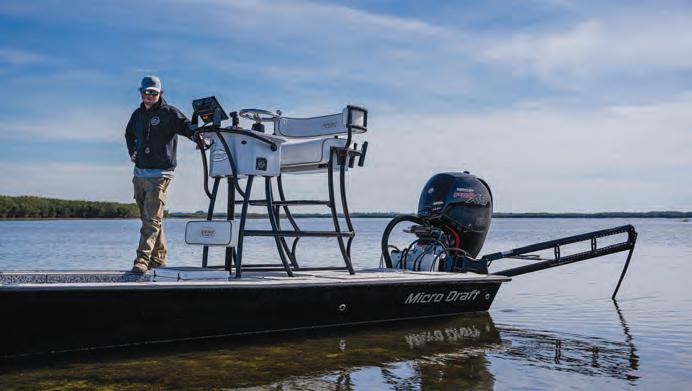




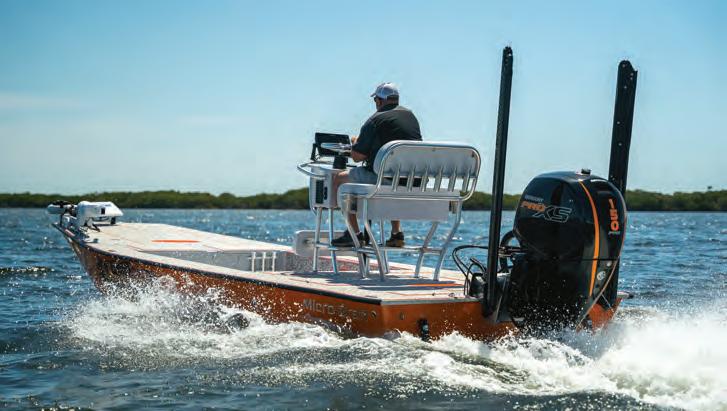

The North Carolina Wildlife Resources Commission (NCWRC) will implement Delayed Harvest Trout Waters regulations on 33 trout waters beginning Oct. 1. Under Delayed Harvest Trout Waters regulations, only catch-and-release of trout is permissible from program waters between Oct. 1 and June 5, 2026. No natural bait may be possessed, and anglers can fish only with artificial lures with one single hook. An artificial lure is defined as a fishing lure that neither contains nor has been treated with any substance that attracts fish by the sense of taste or smell. NCWRC staff stock Delayed Harvest Trout Waters from fall through spring with high densities of trout to increase anglers’ chances of catching trout. Delayed Harvest Trout Waters, posted with diamond-shaped, black-andwhite signs, are popular fishing destinations for anglers who enjoy catchand-release trout fishing. Anglers should be aware that stocking locations along streams may be different than in the past due to hurricane damage impacting the stocking truck and angler access.
For more information on trout fishing and stocking, visit ncwildlife.gov/trout and to follow the progress of the Setzer renovation, visit ncwildlife.gov/setzer.
